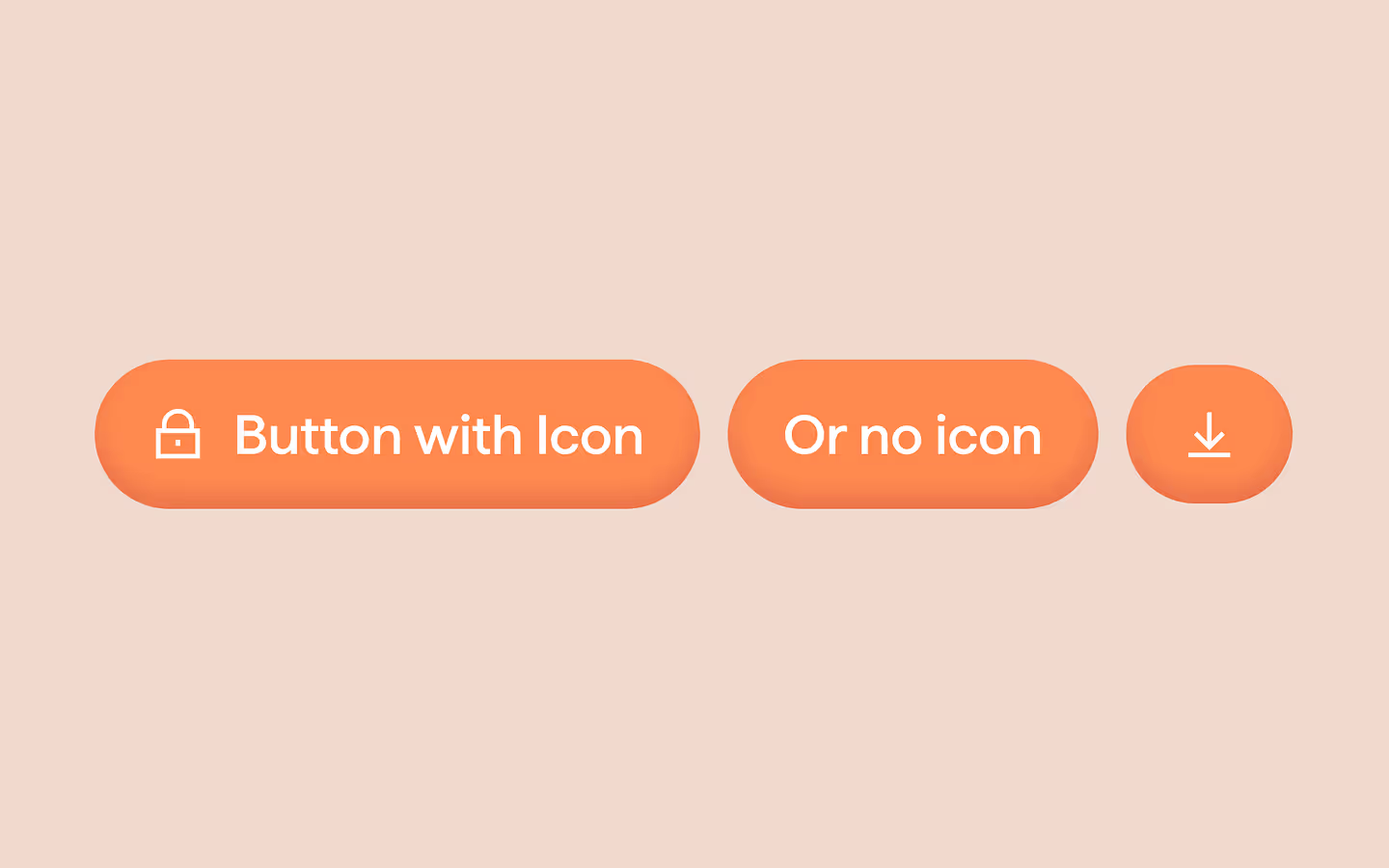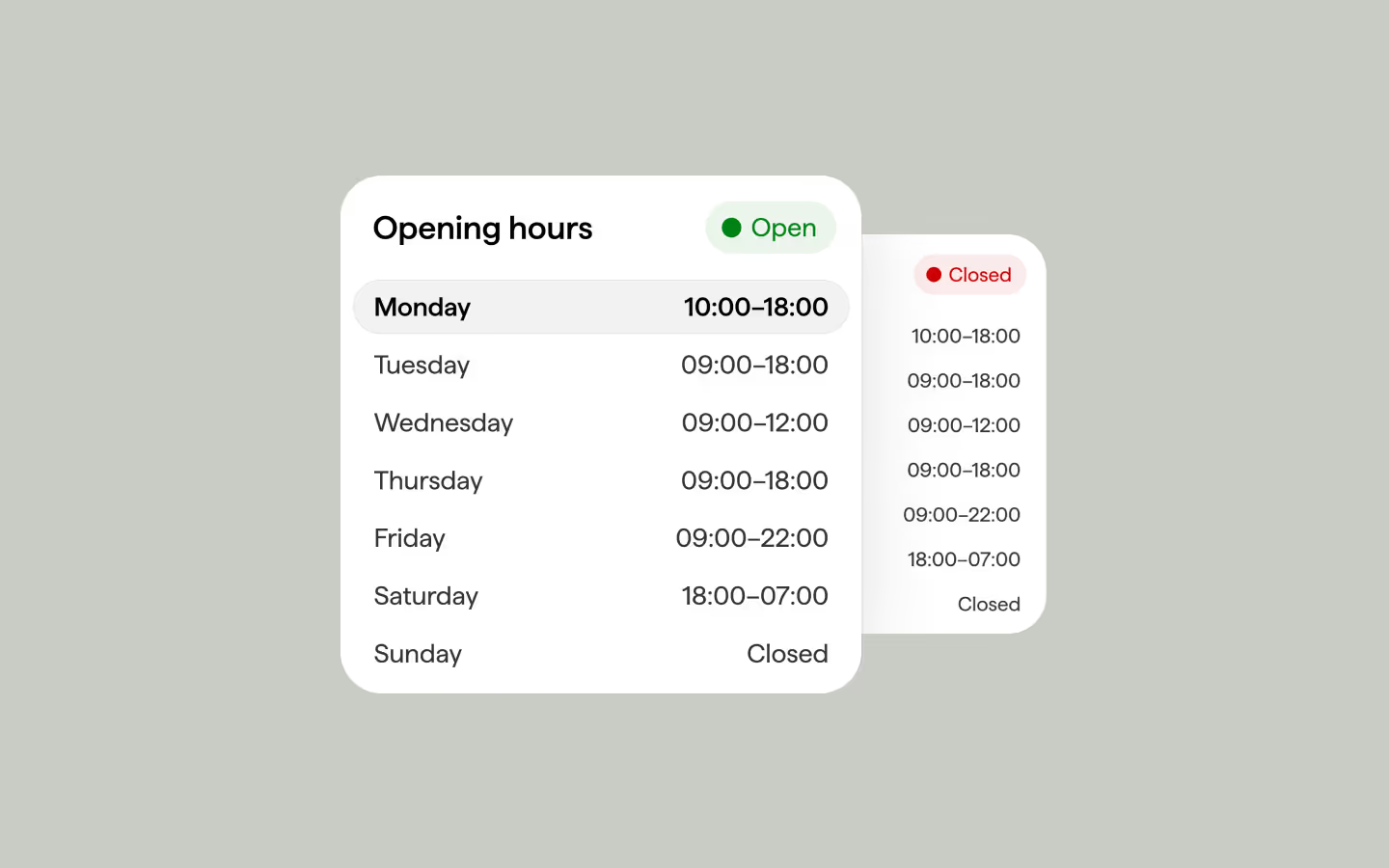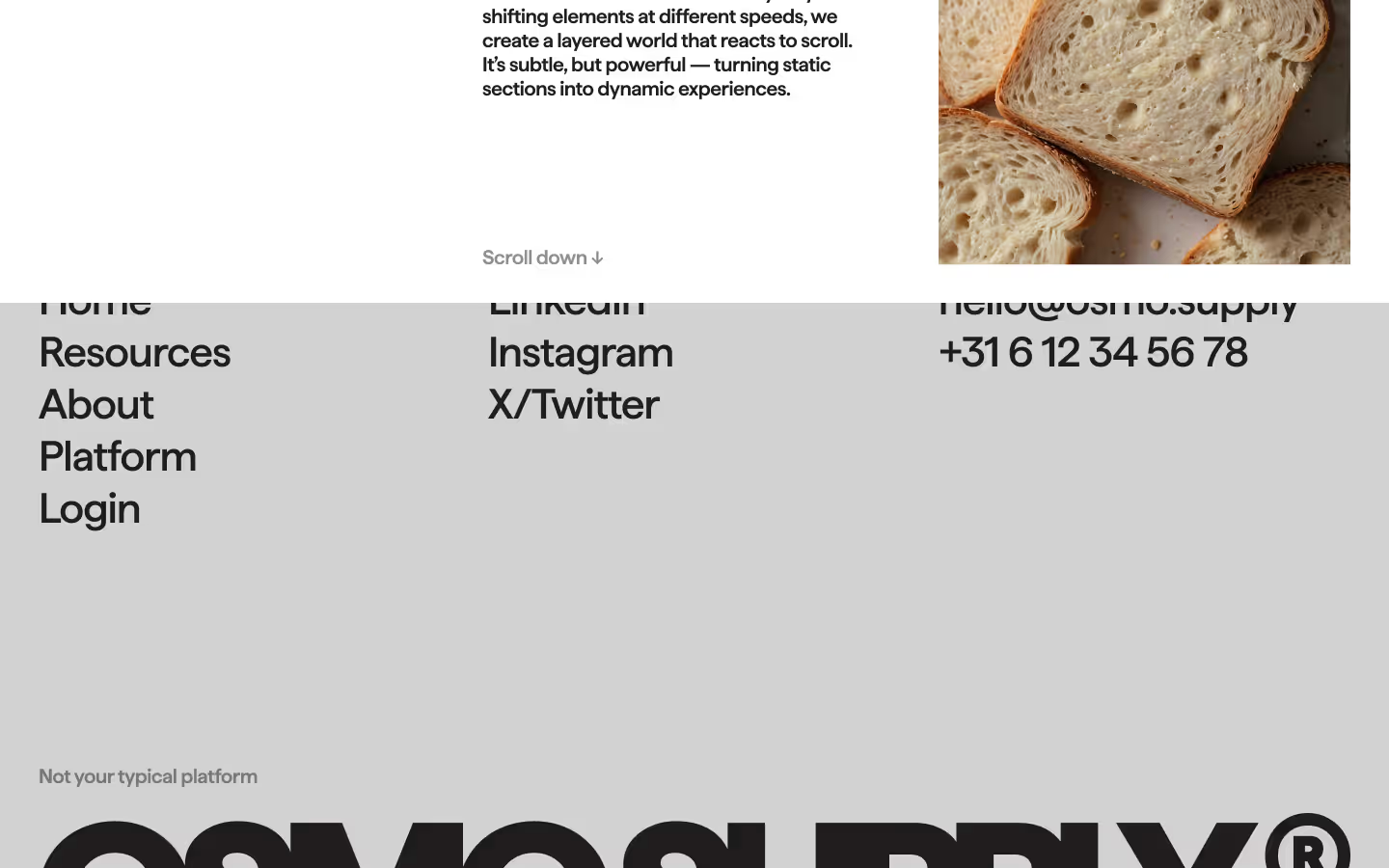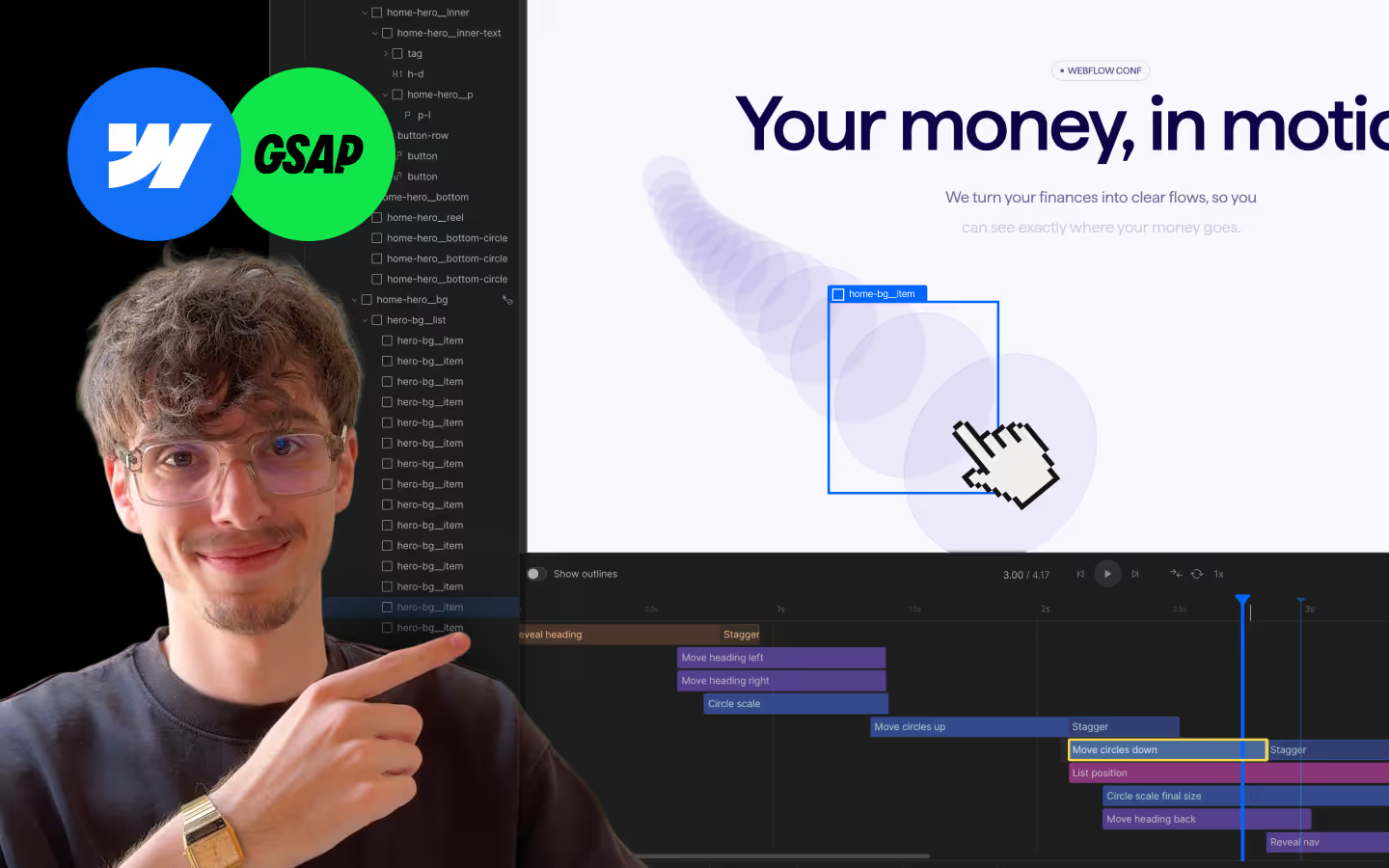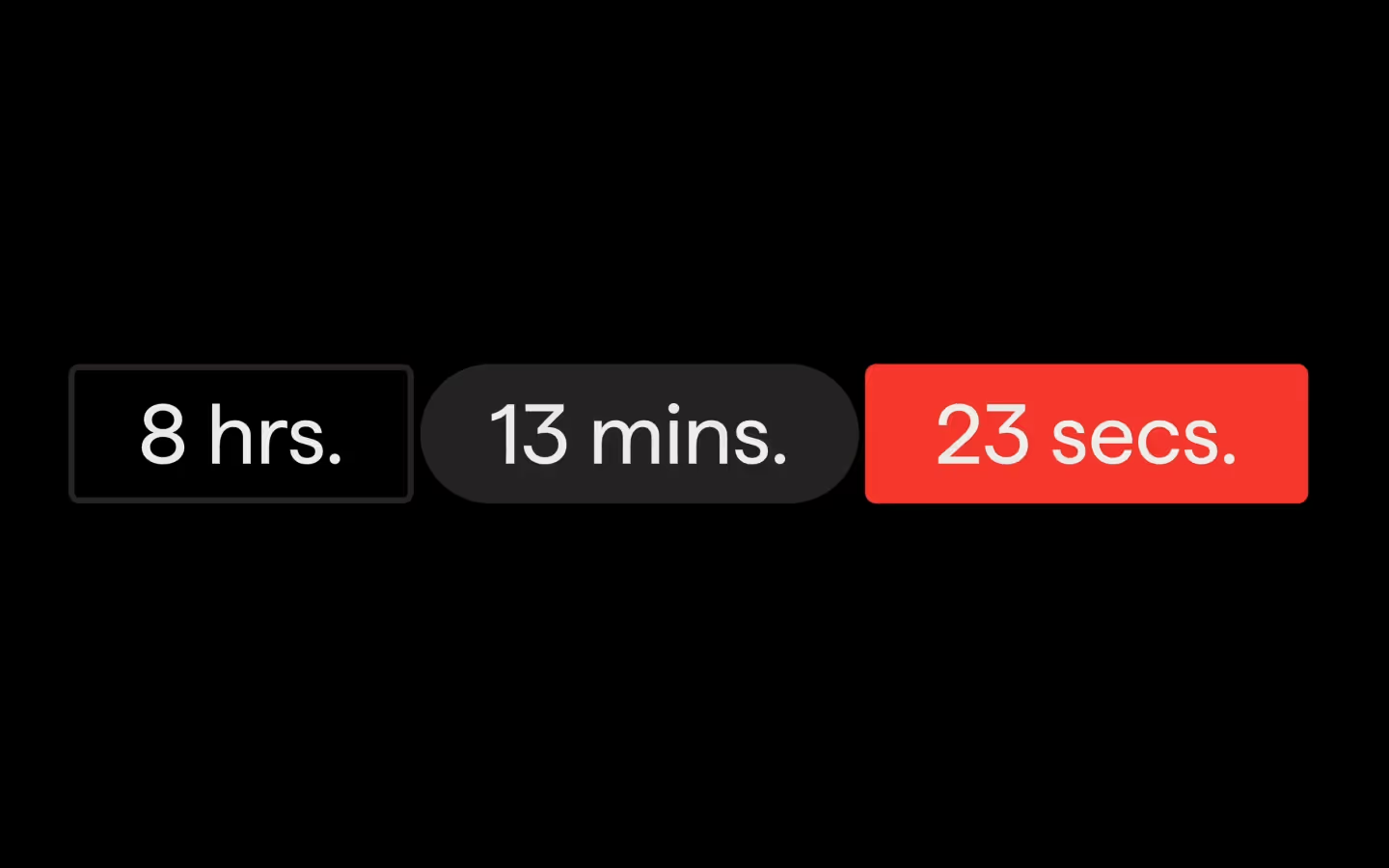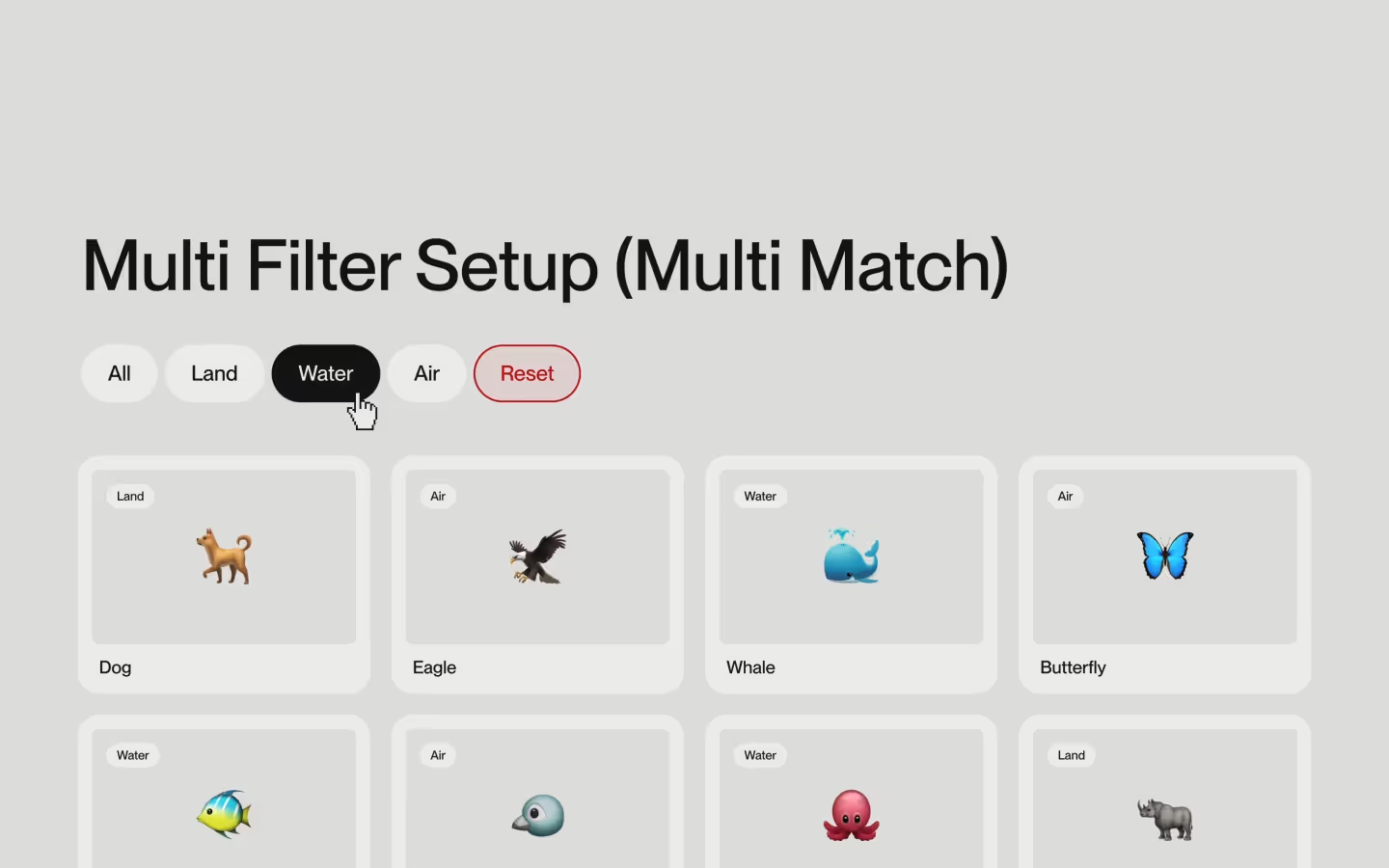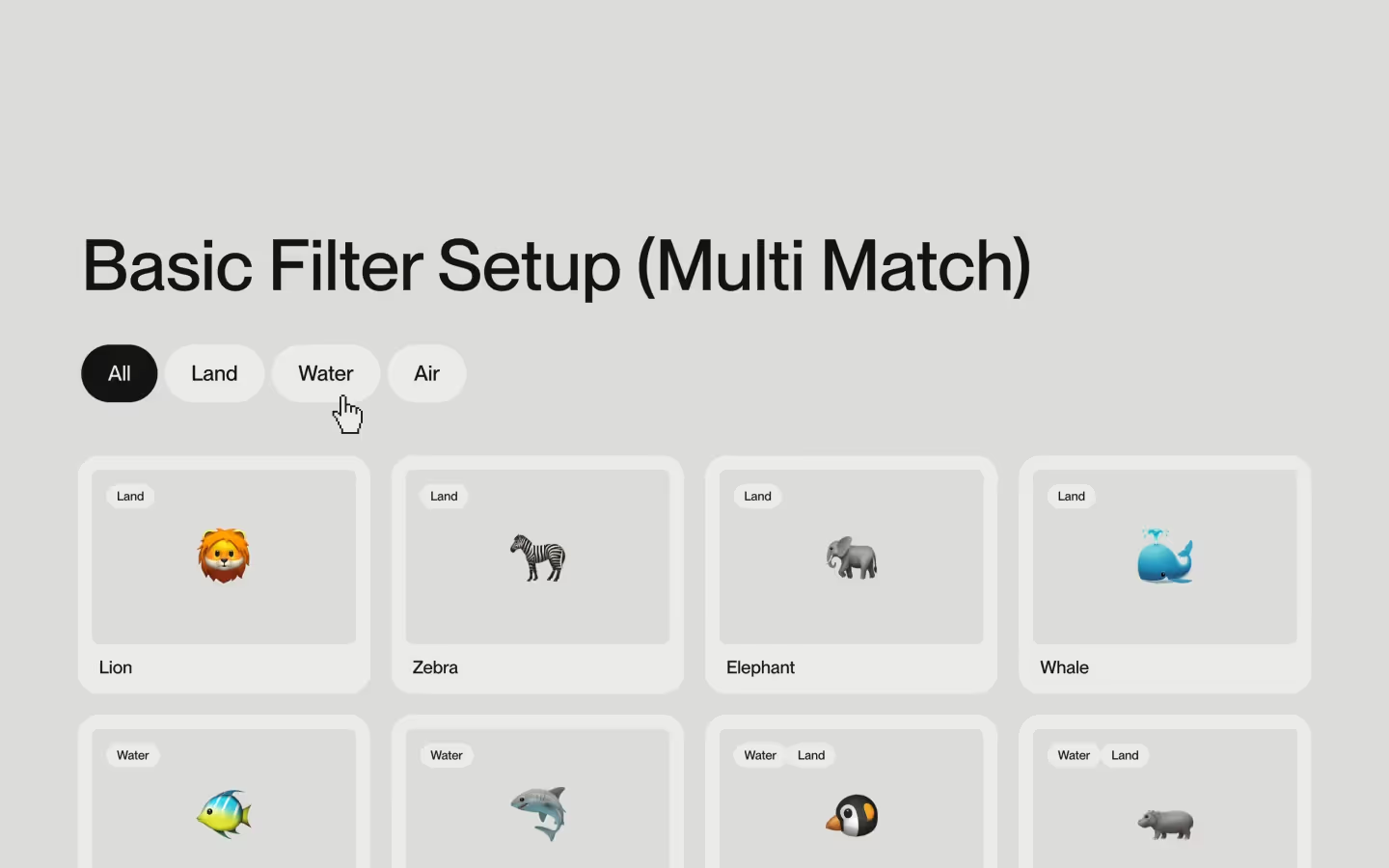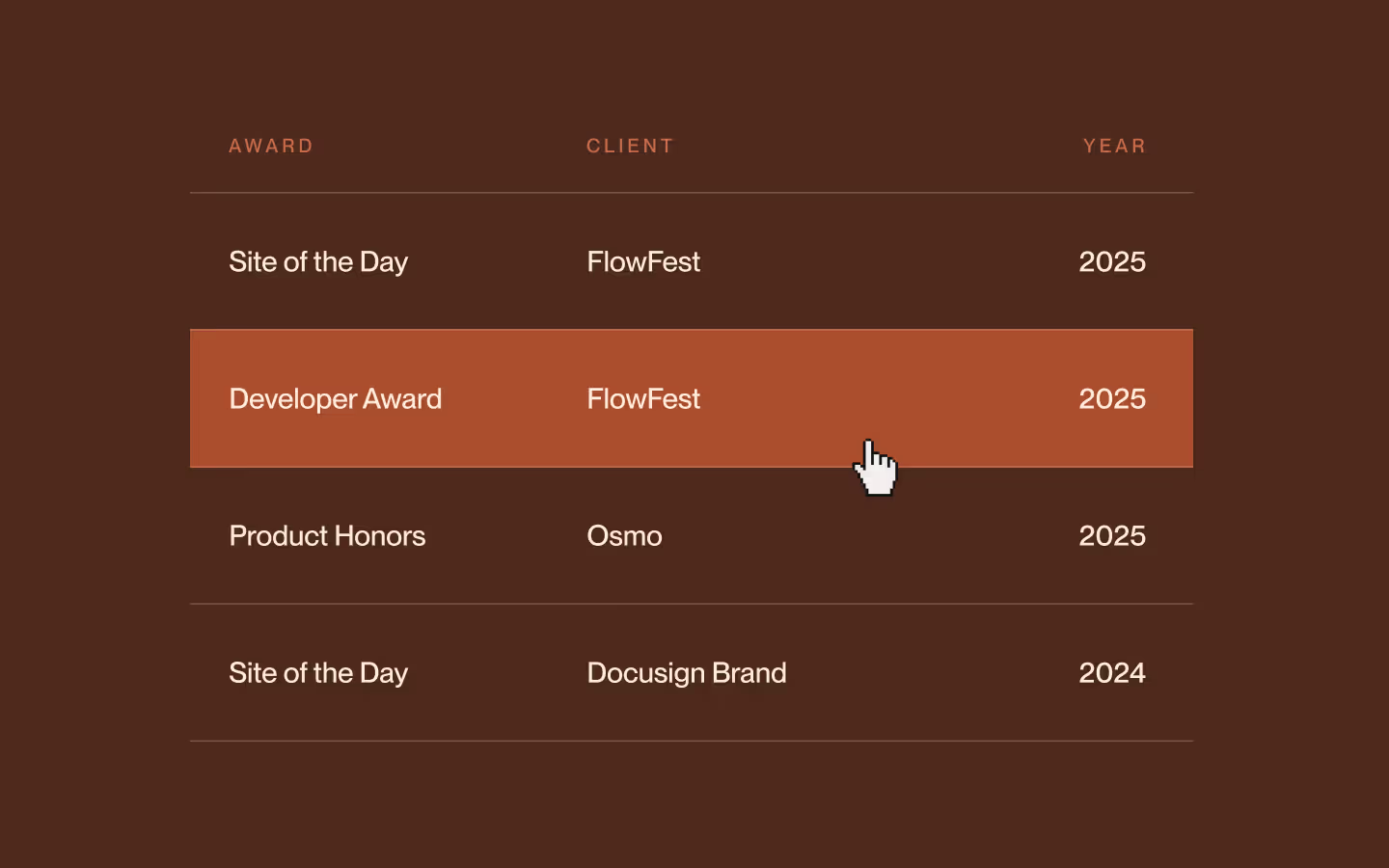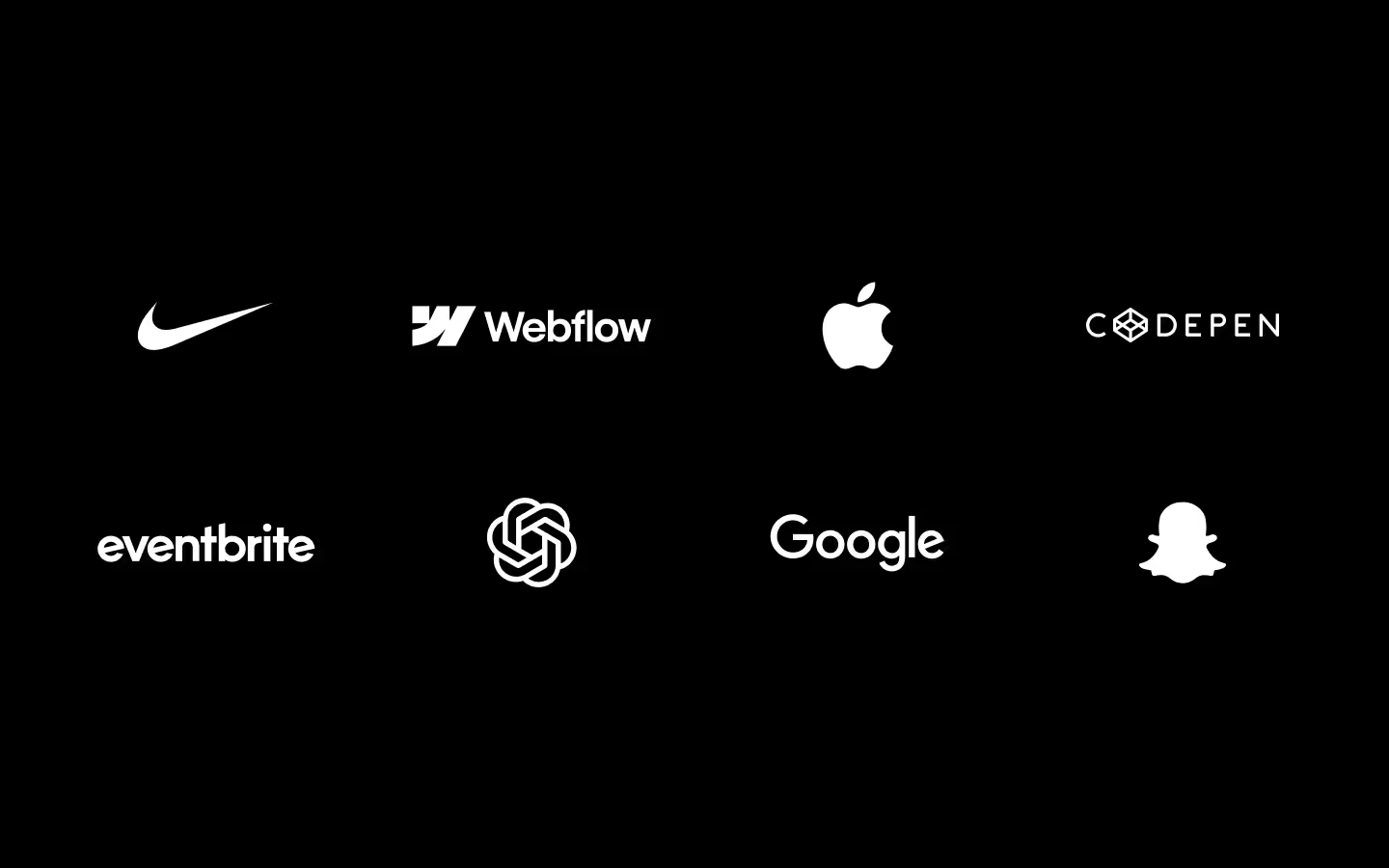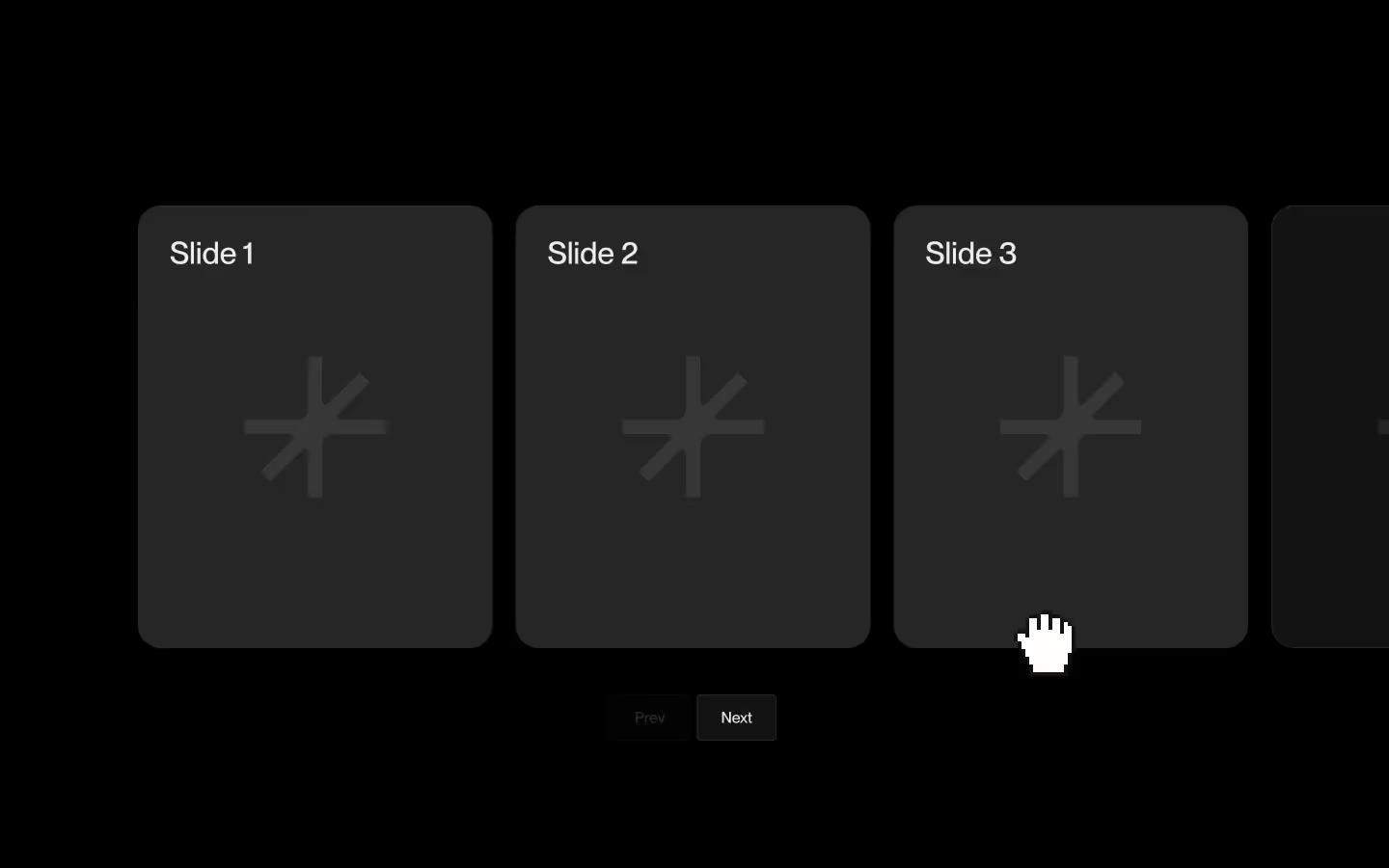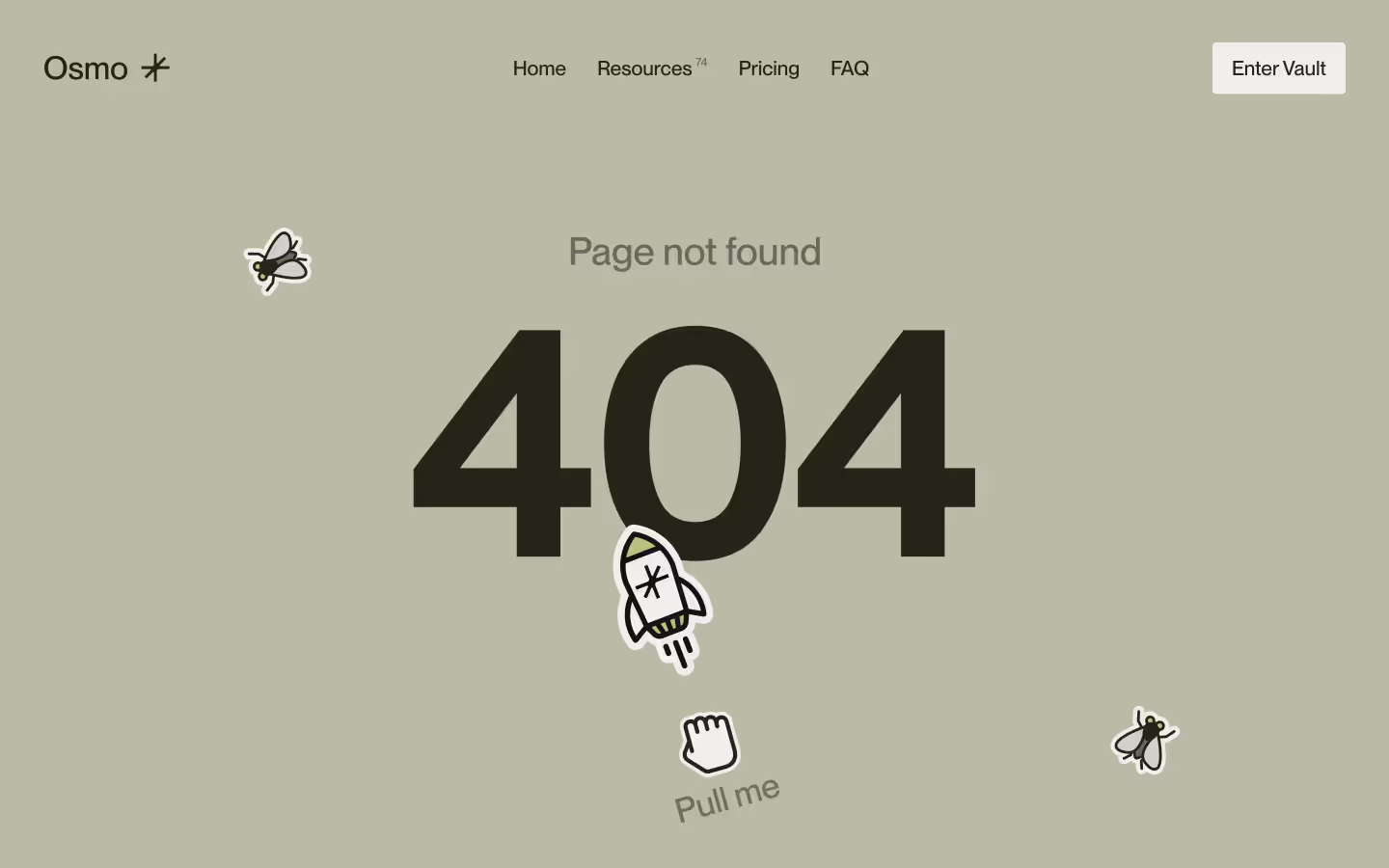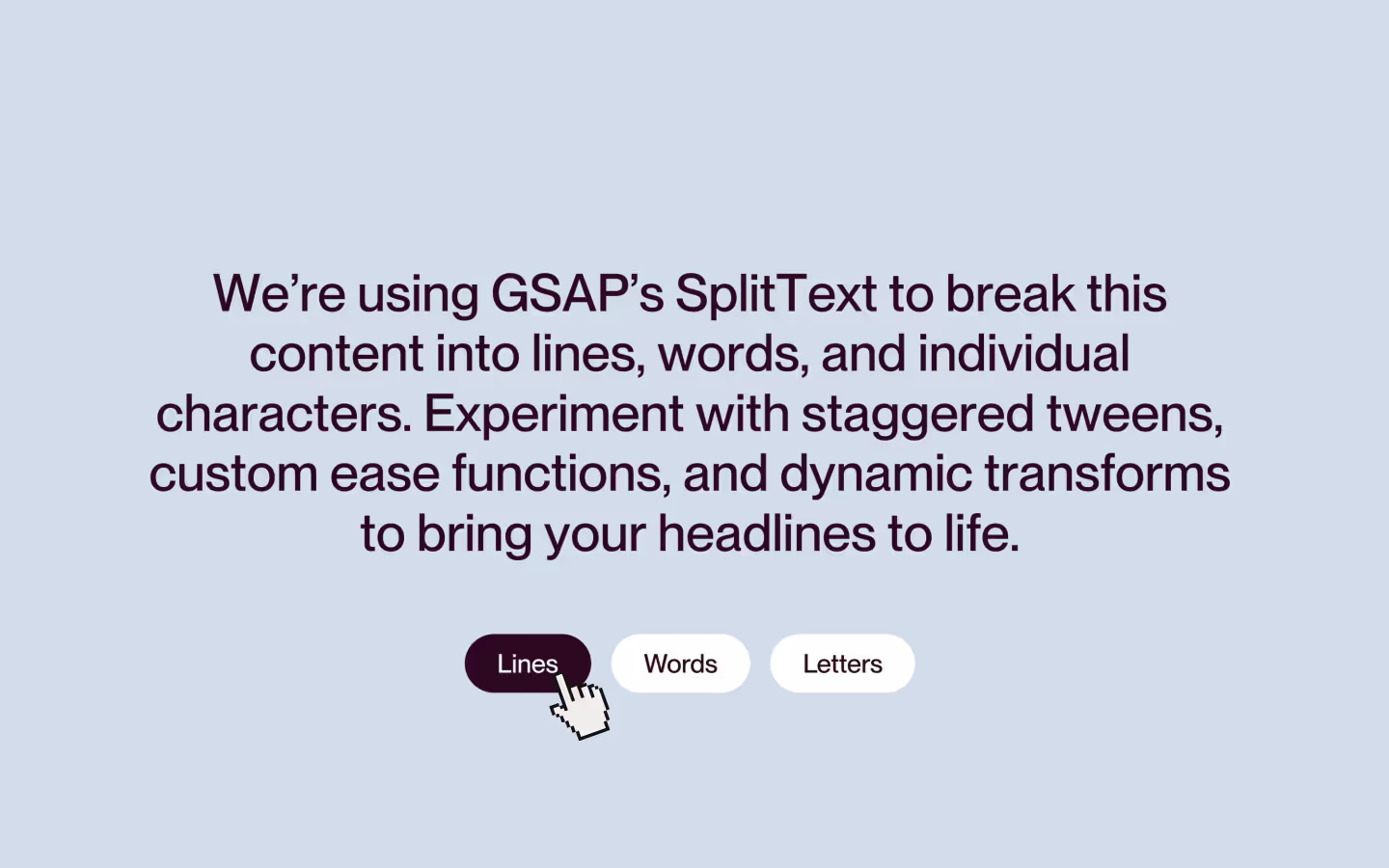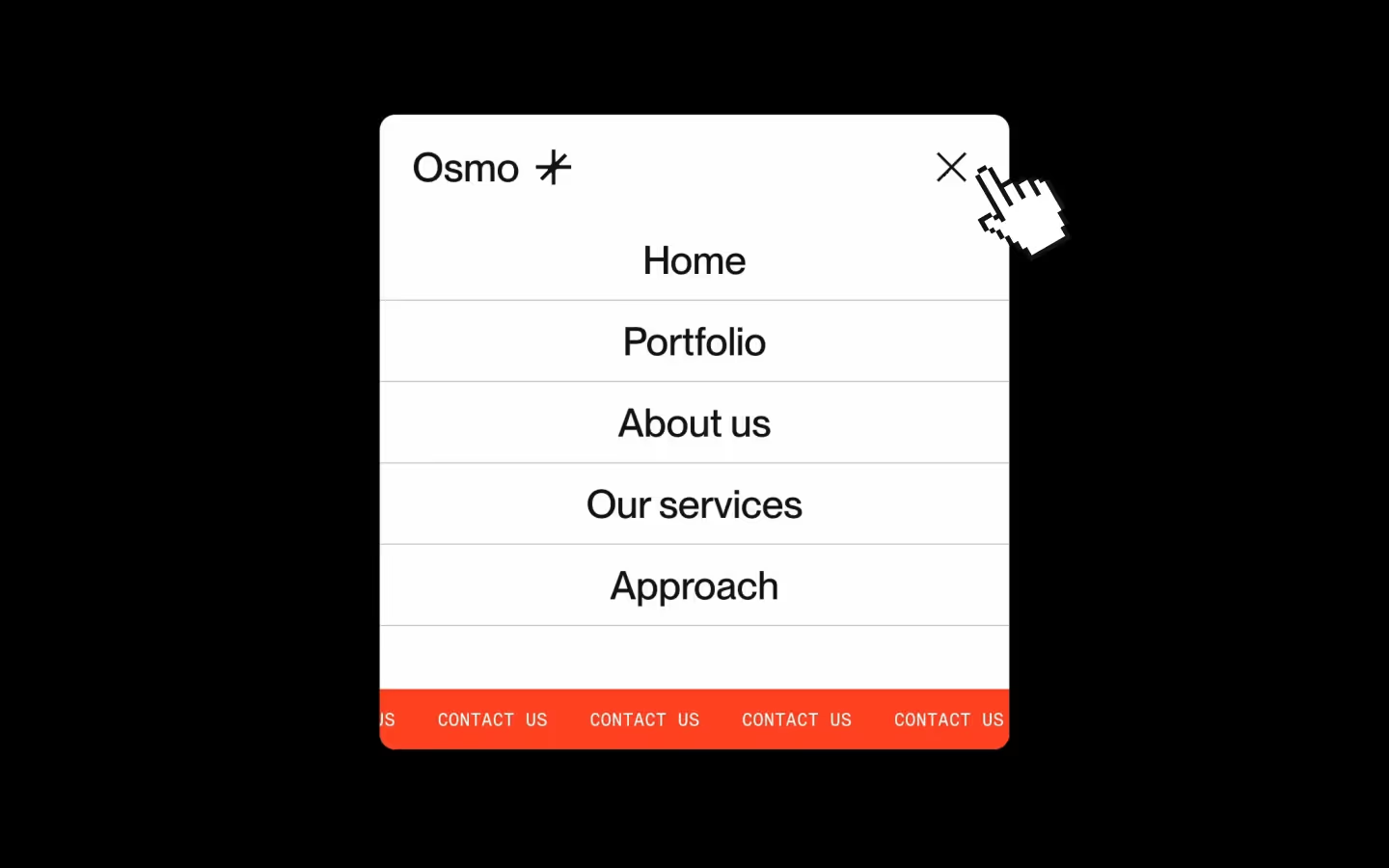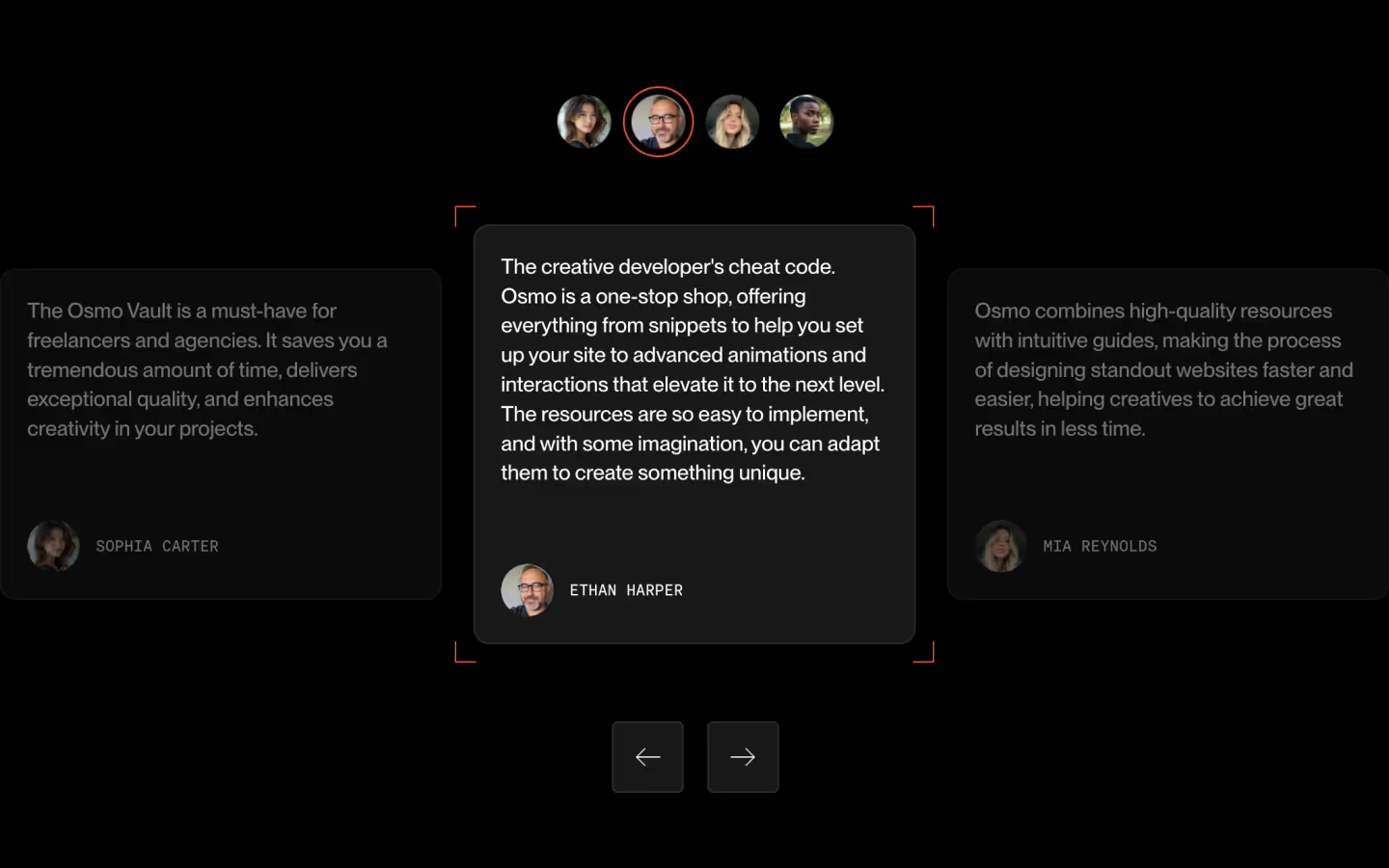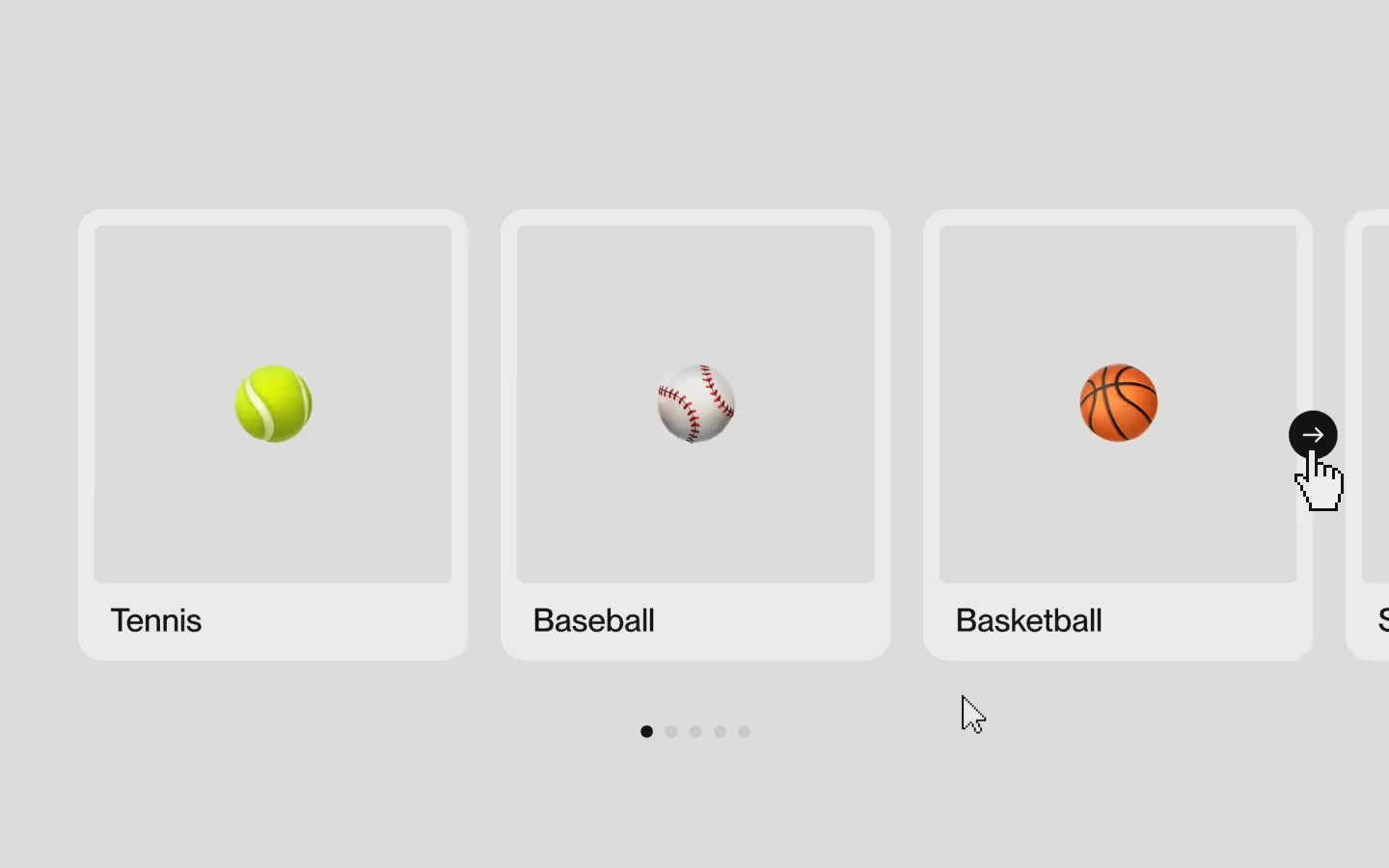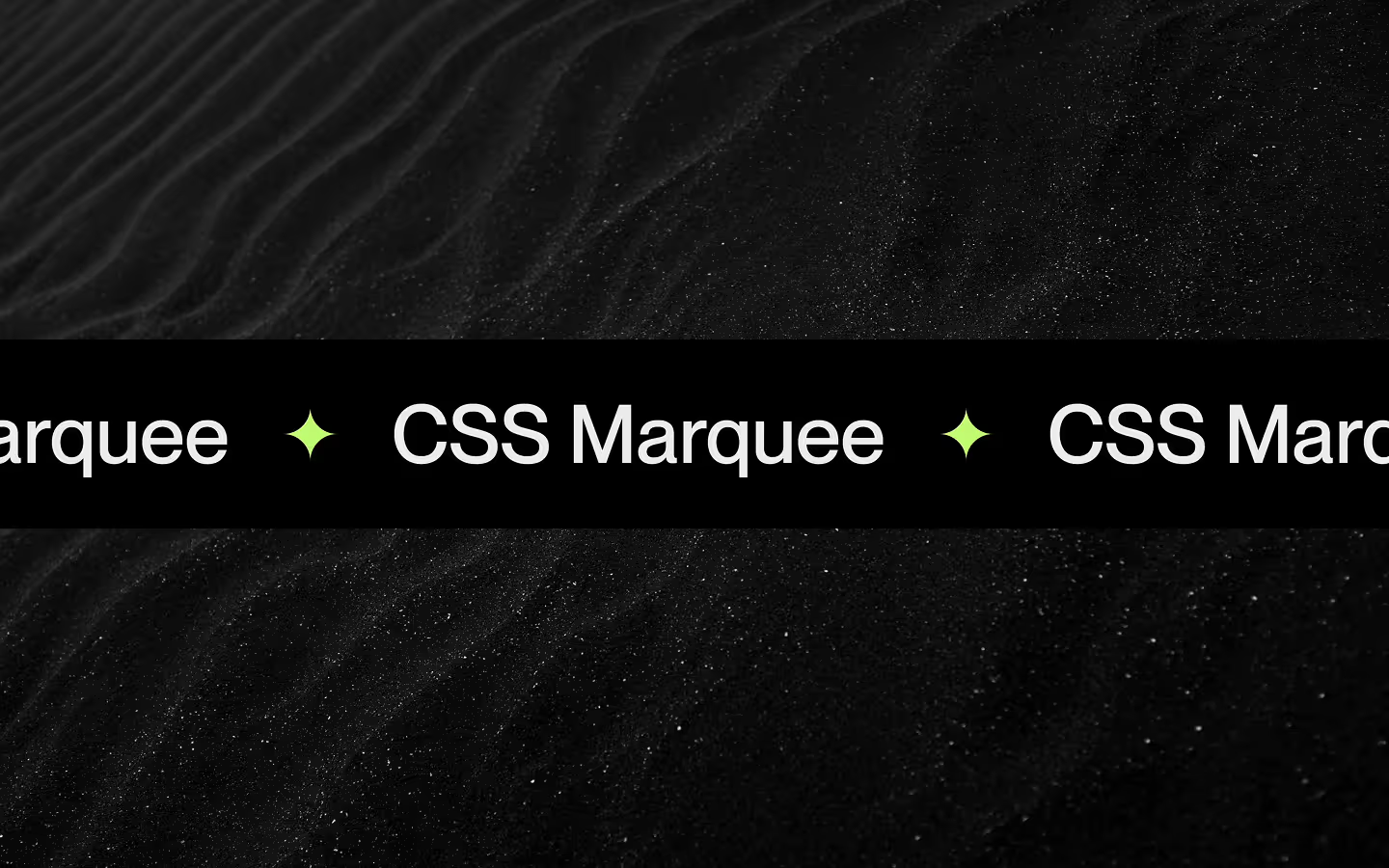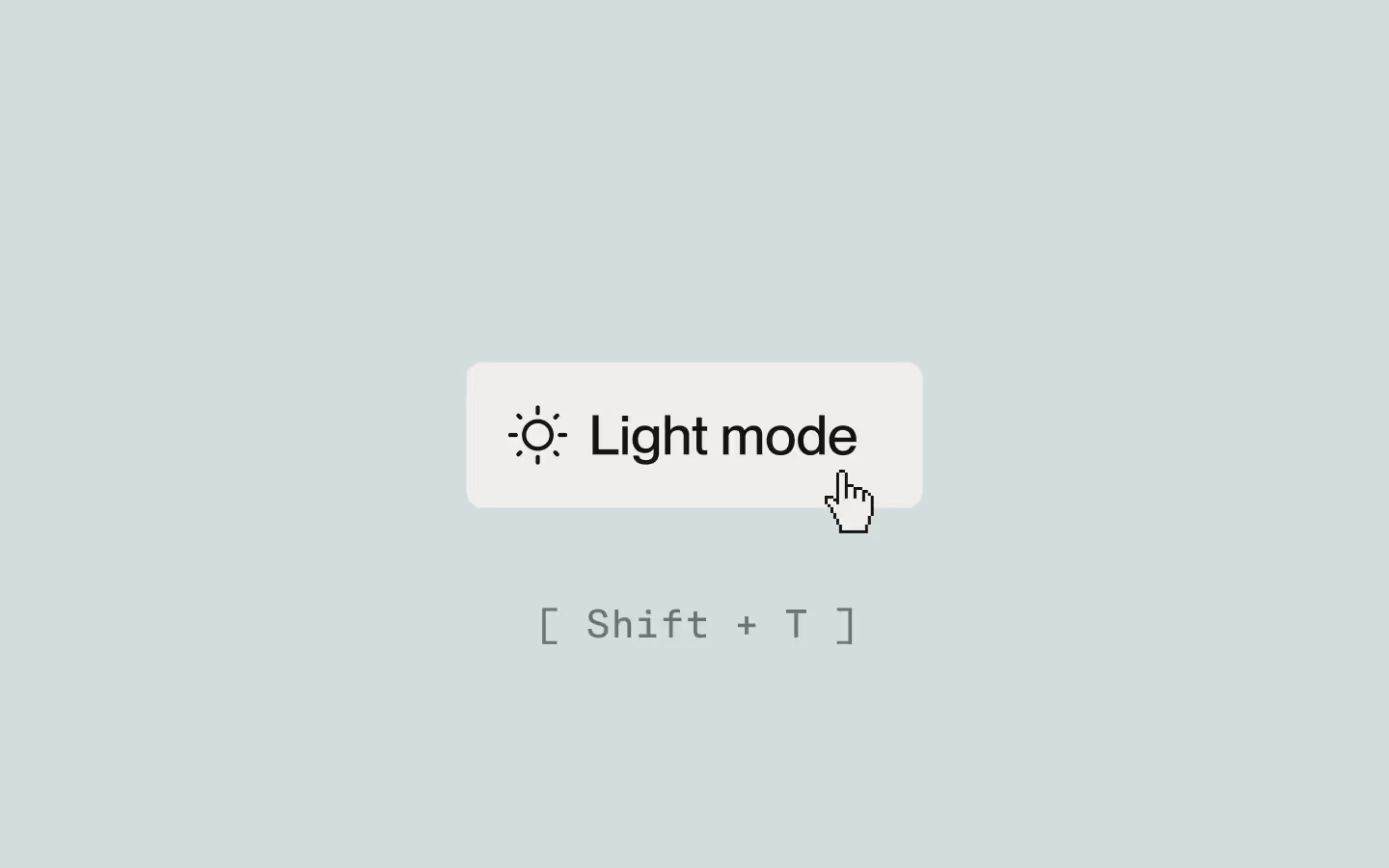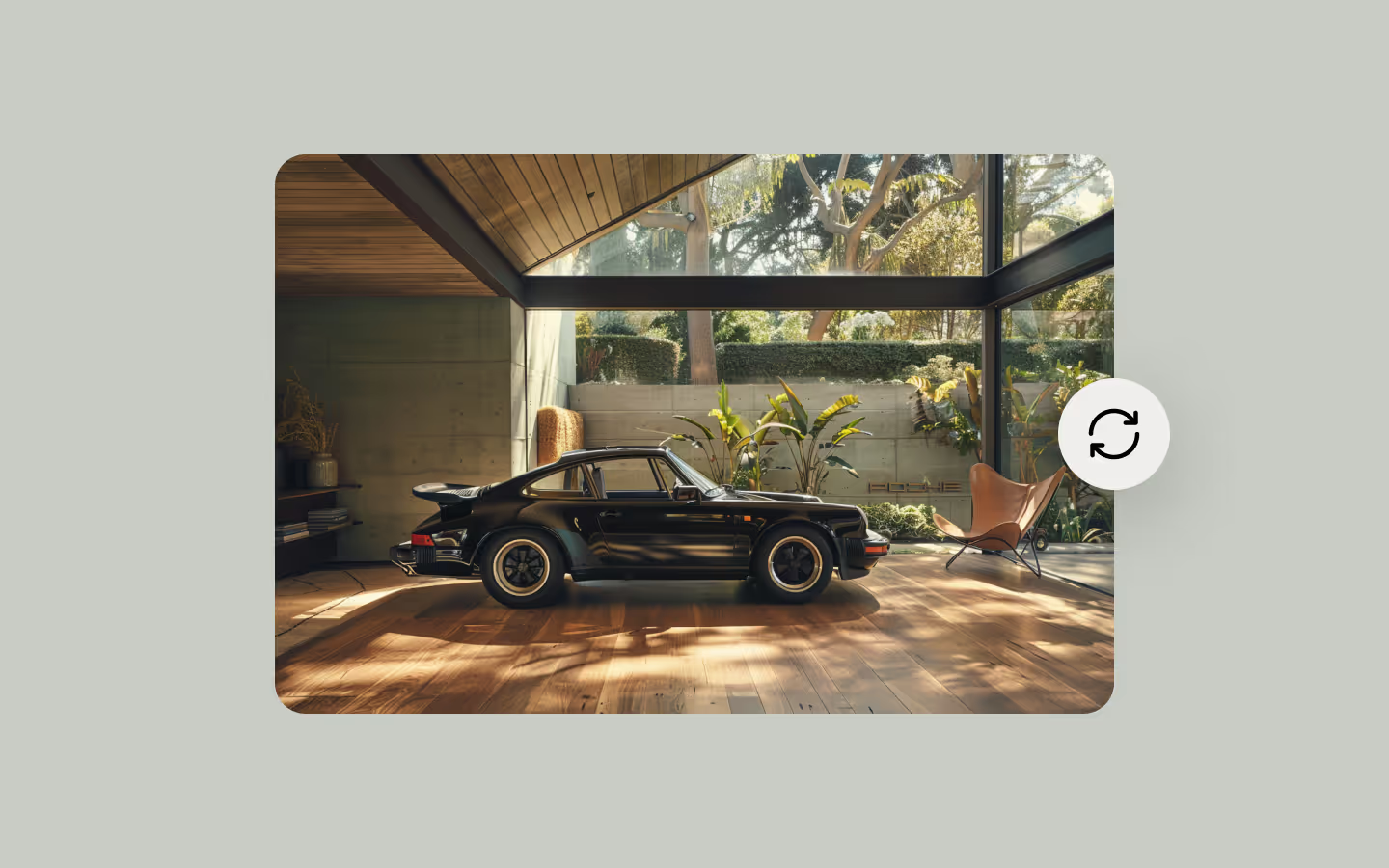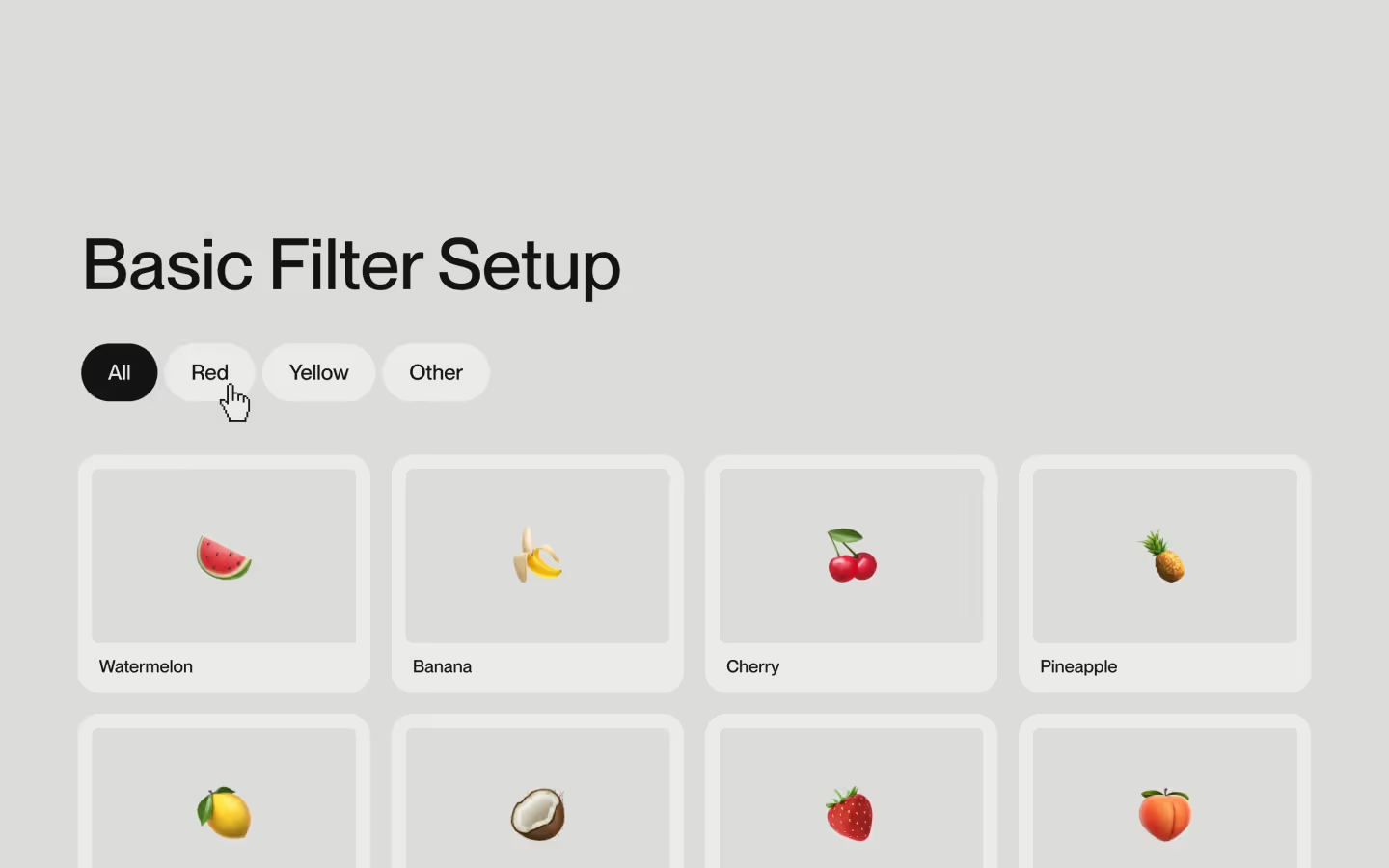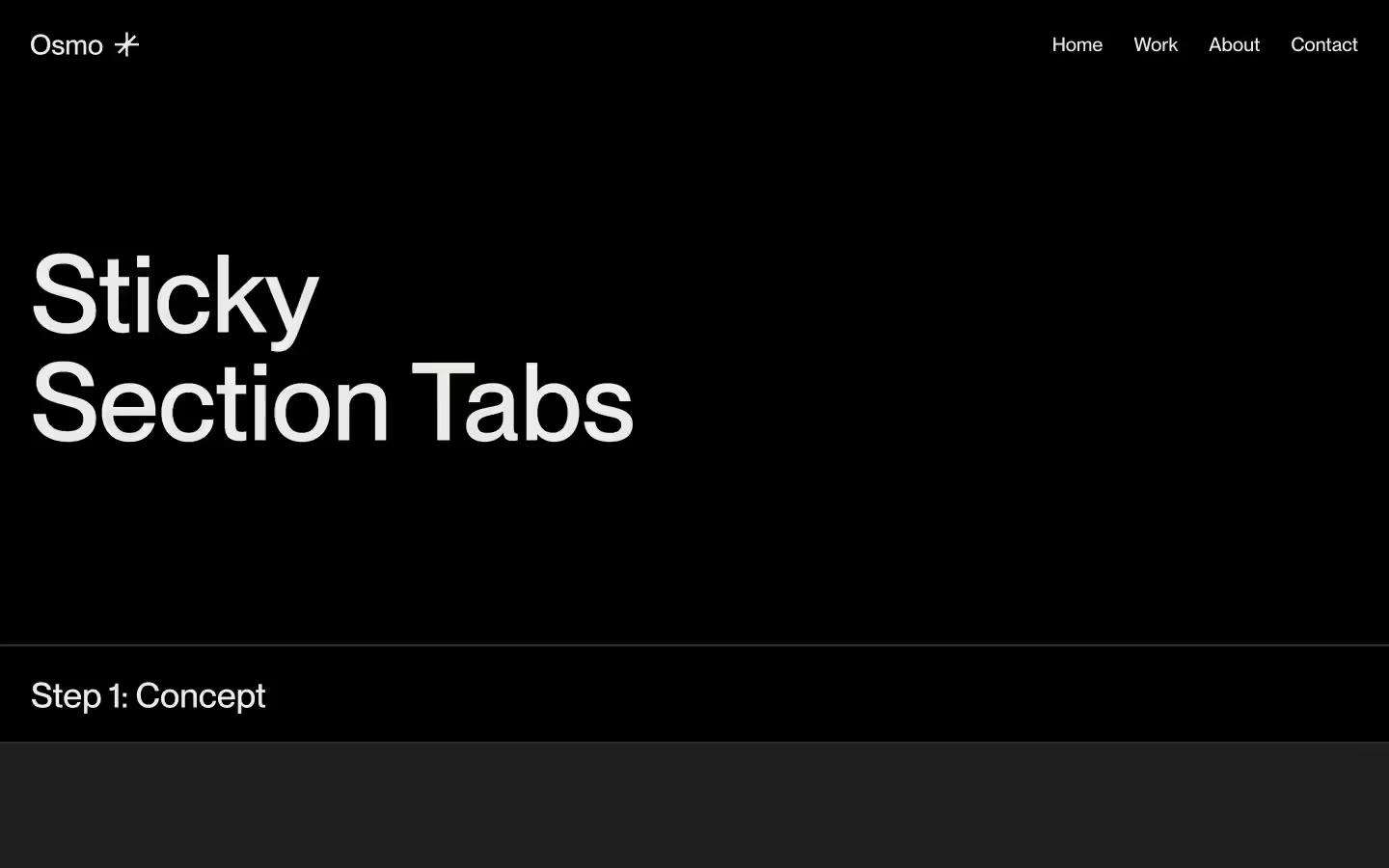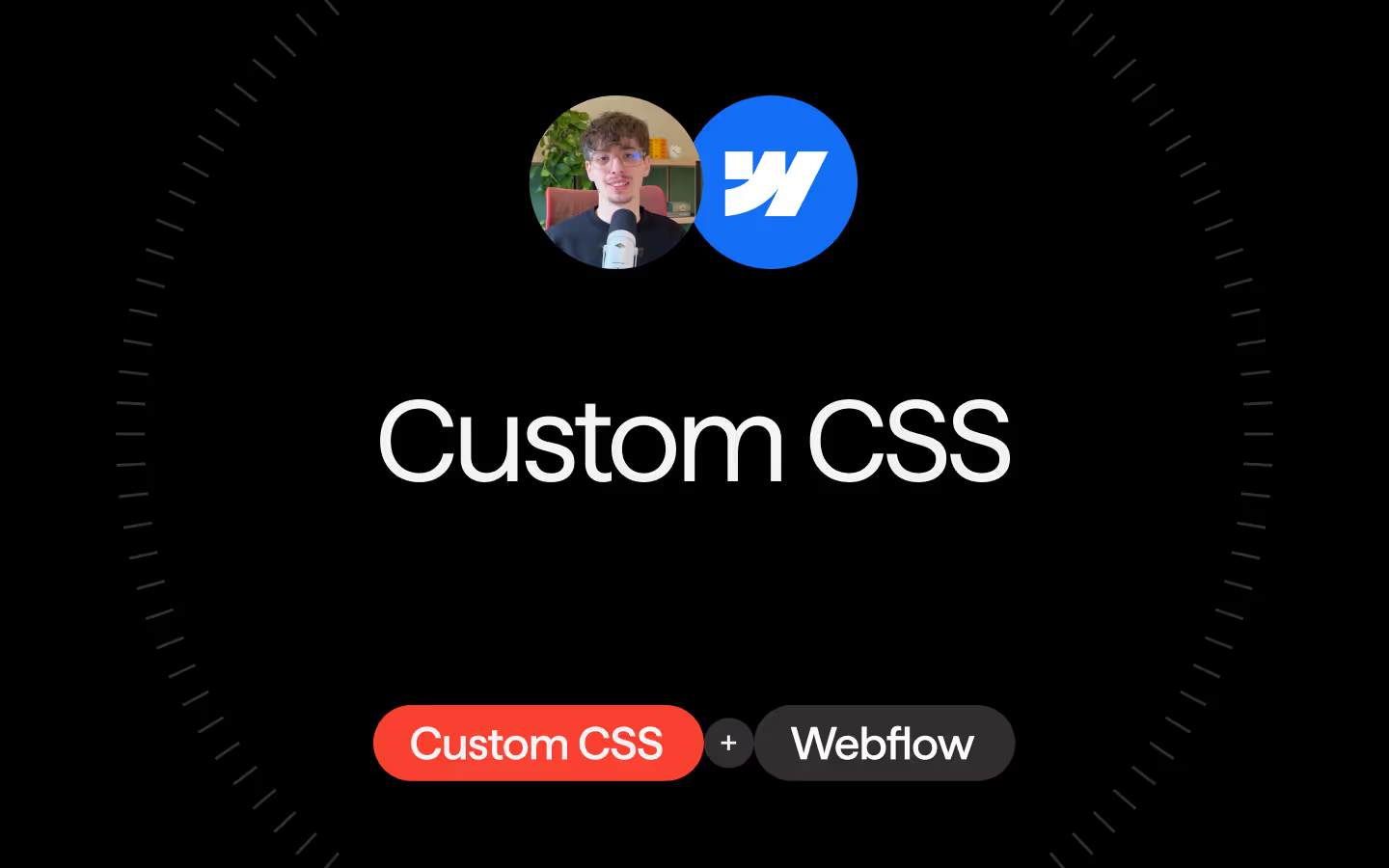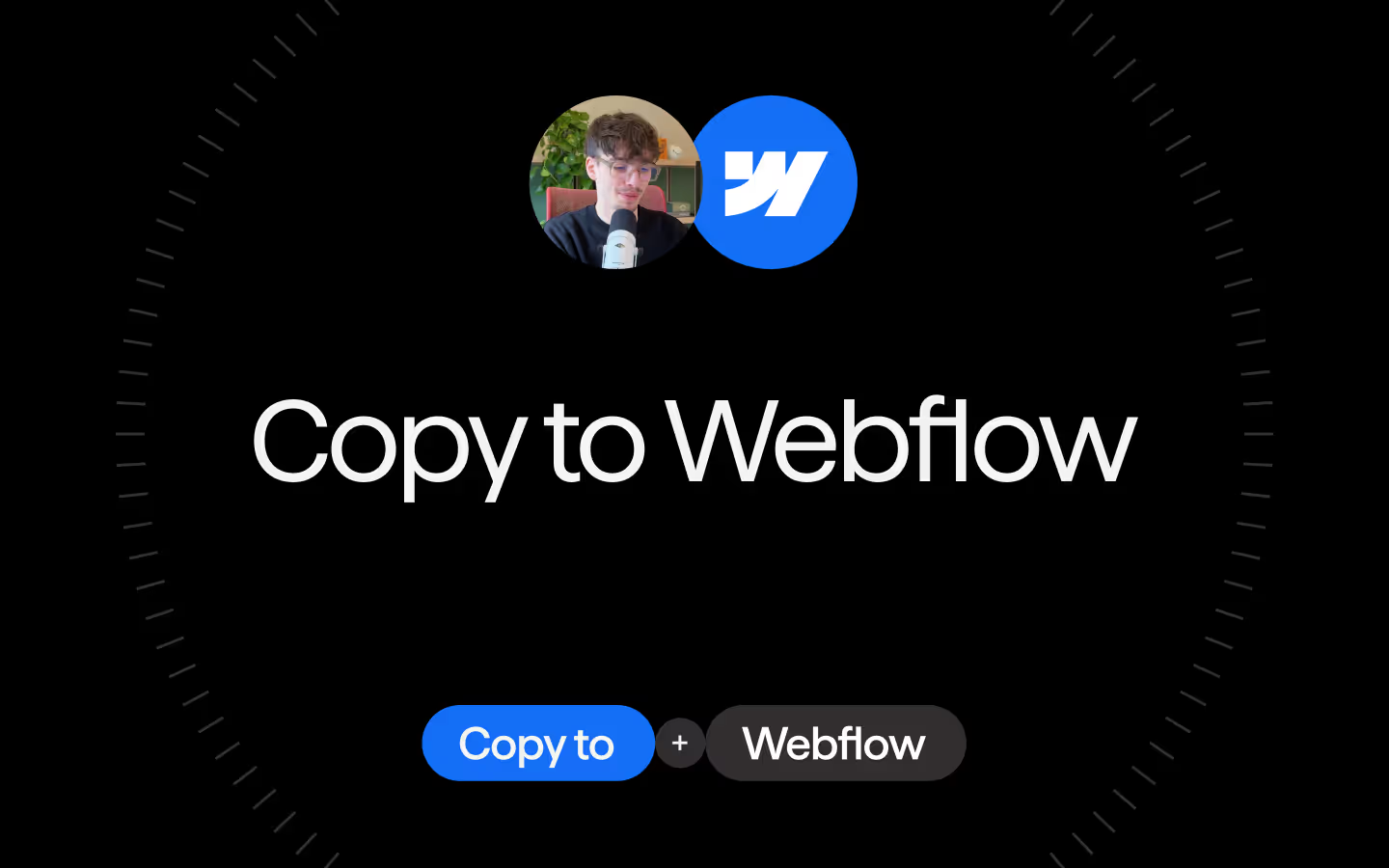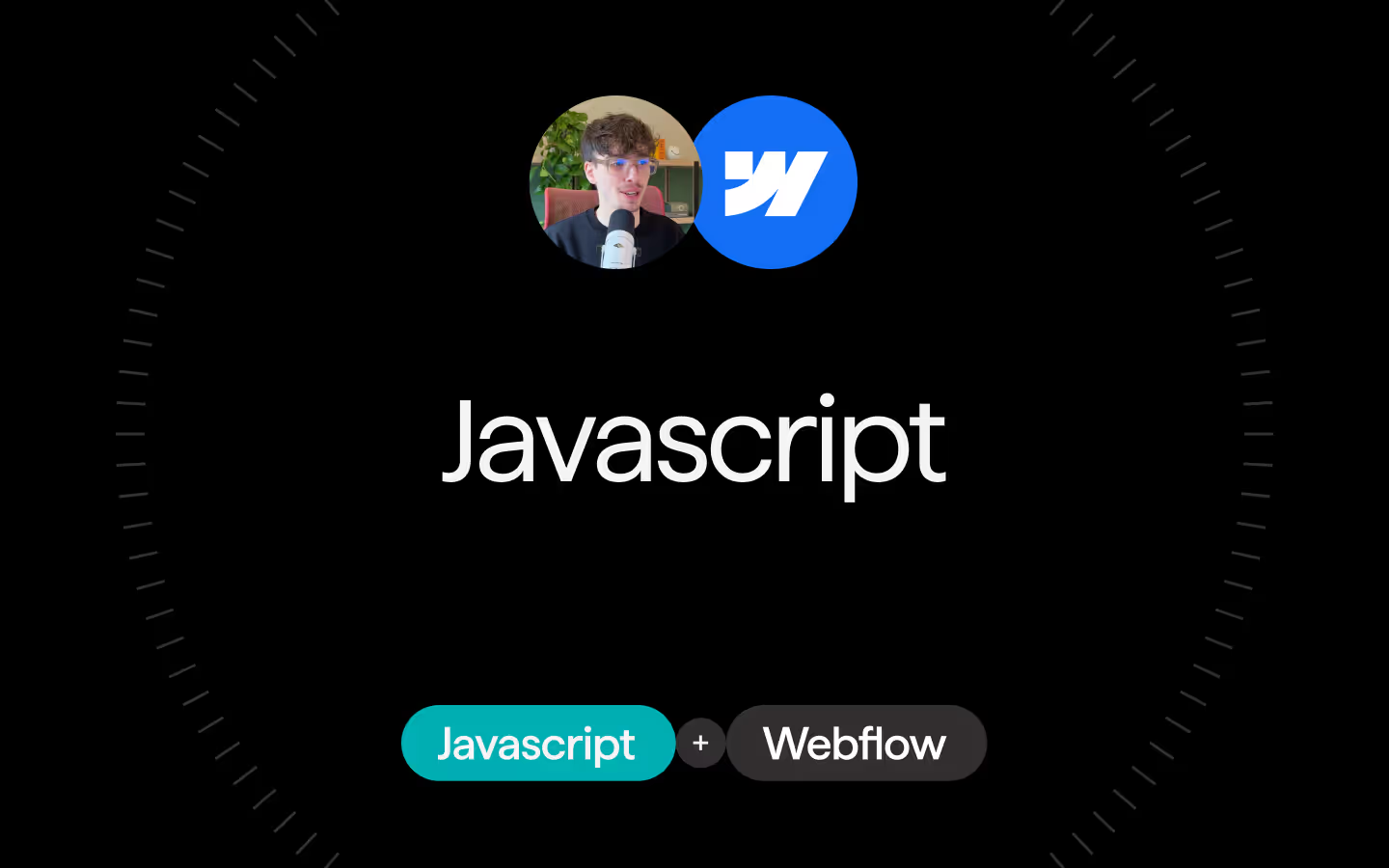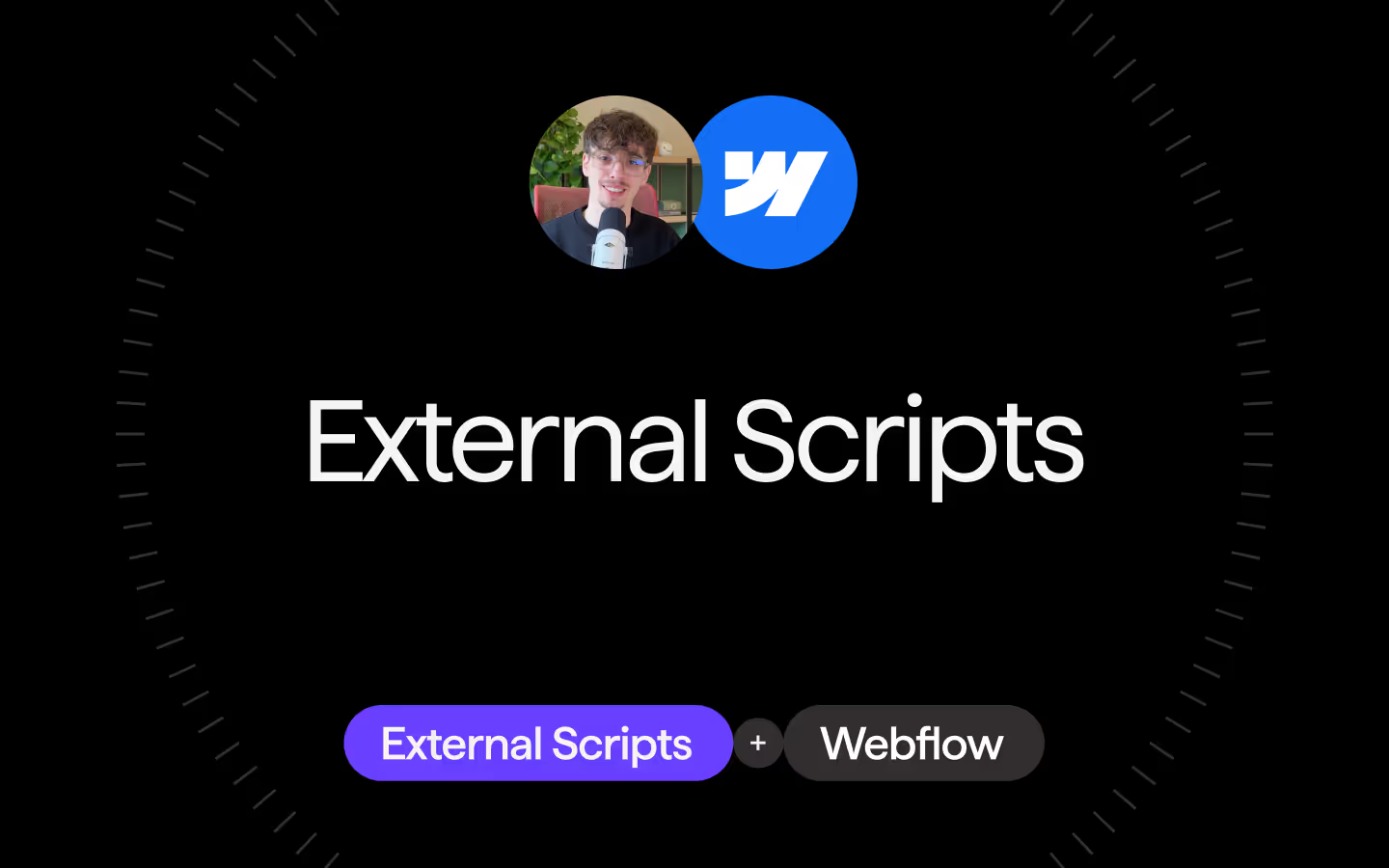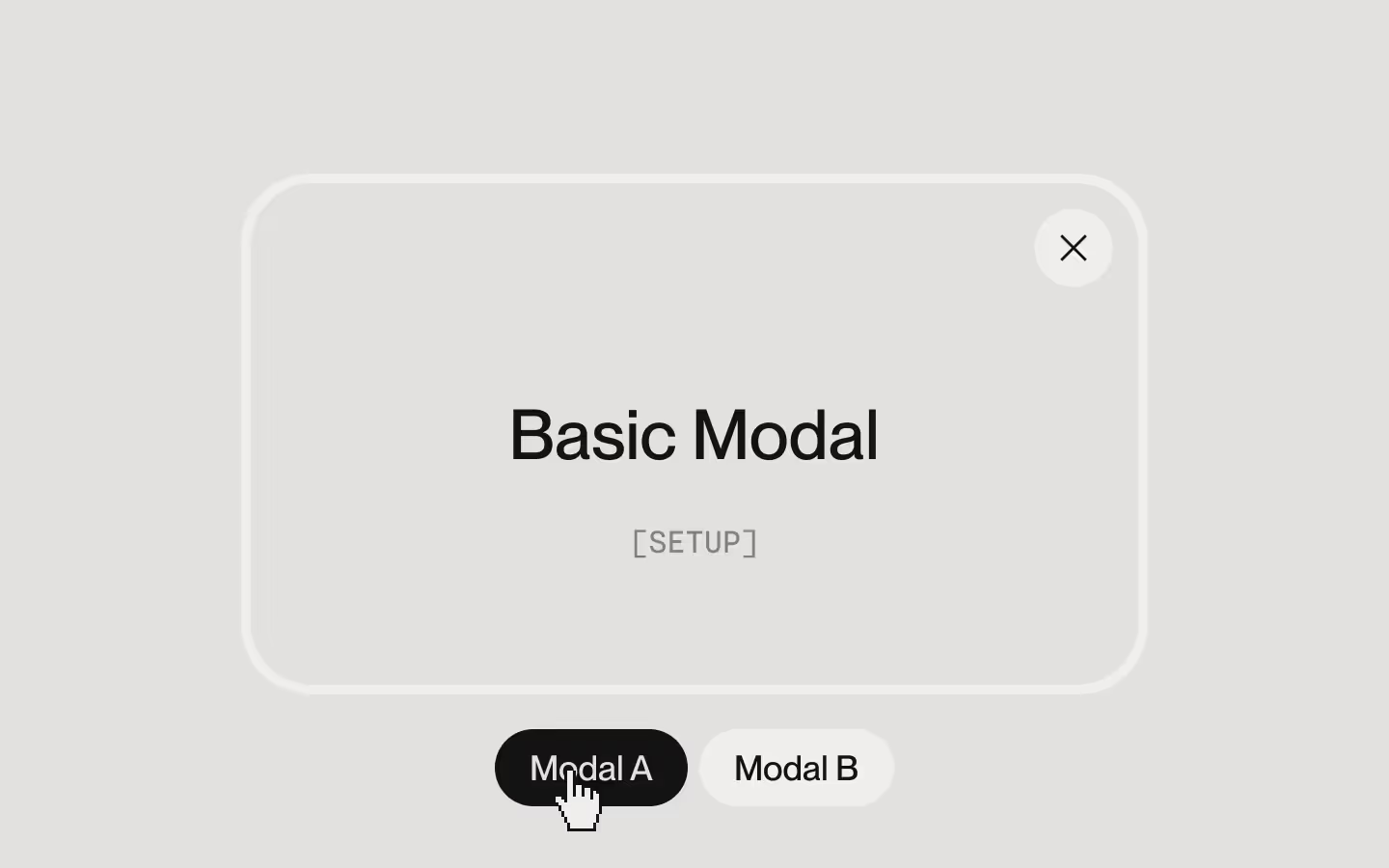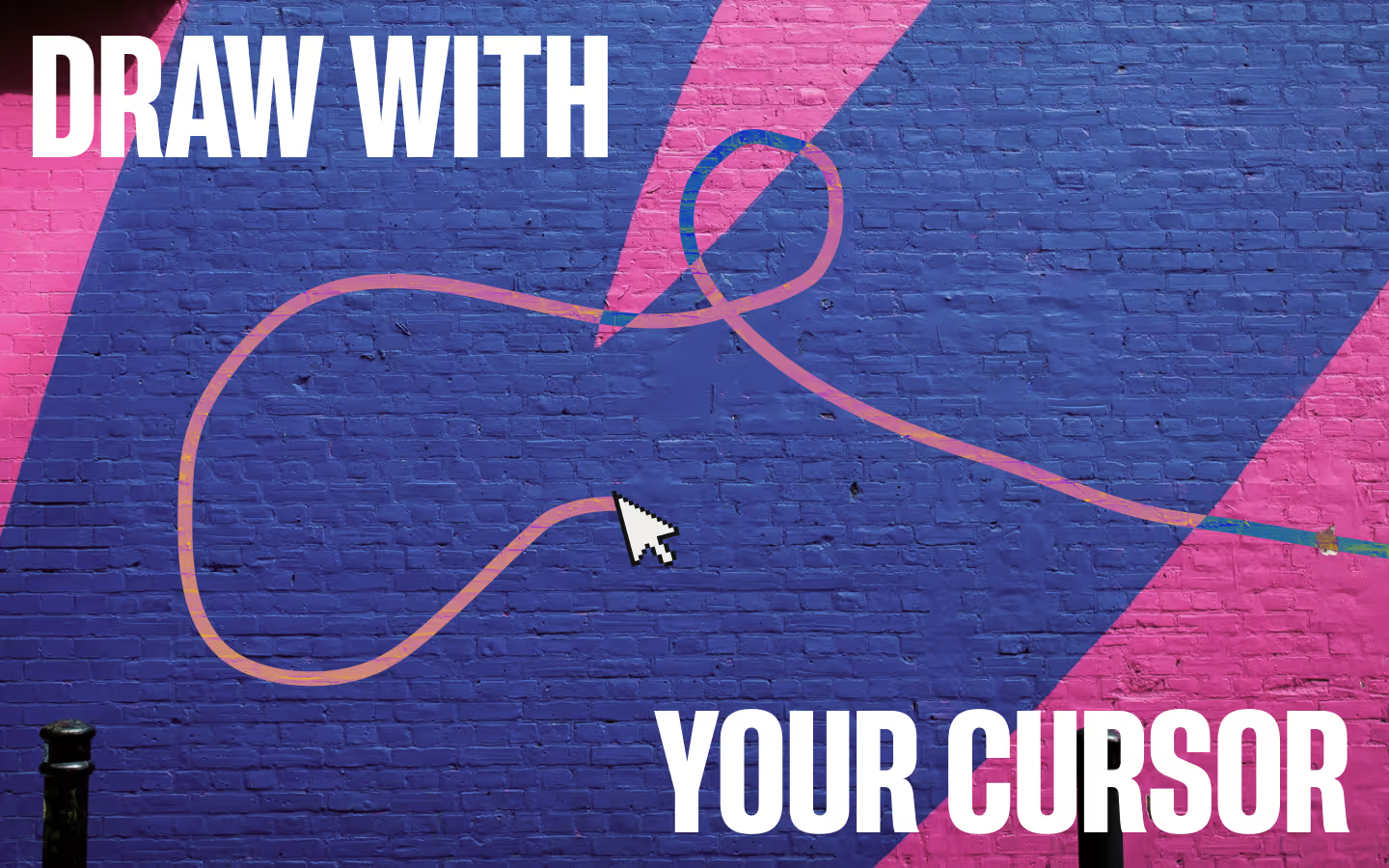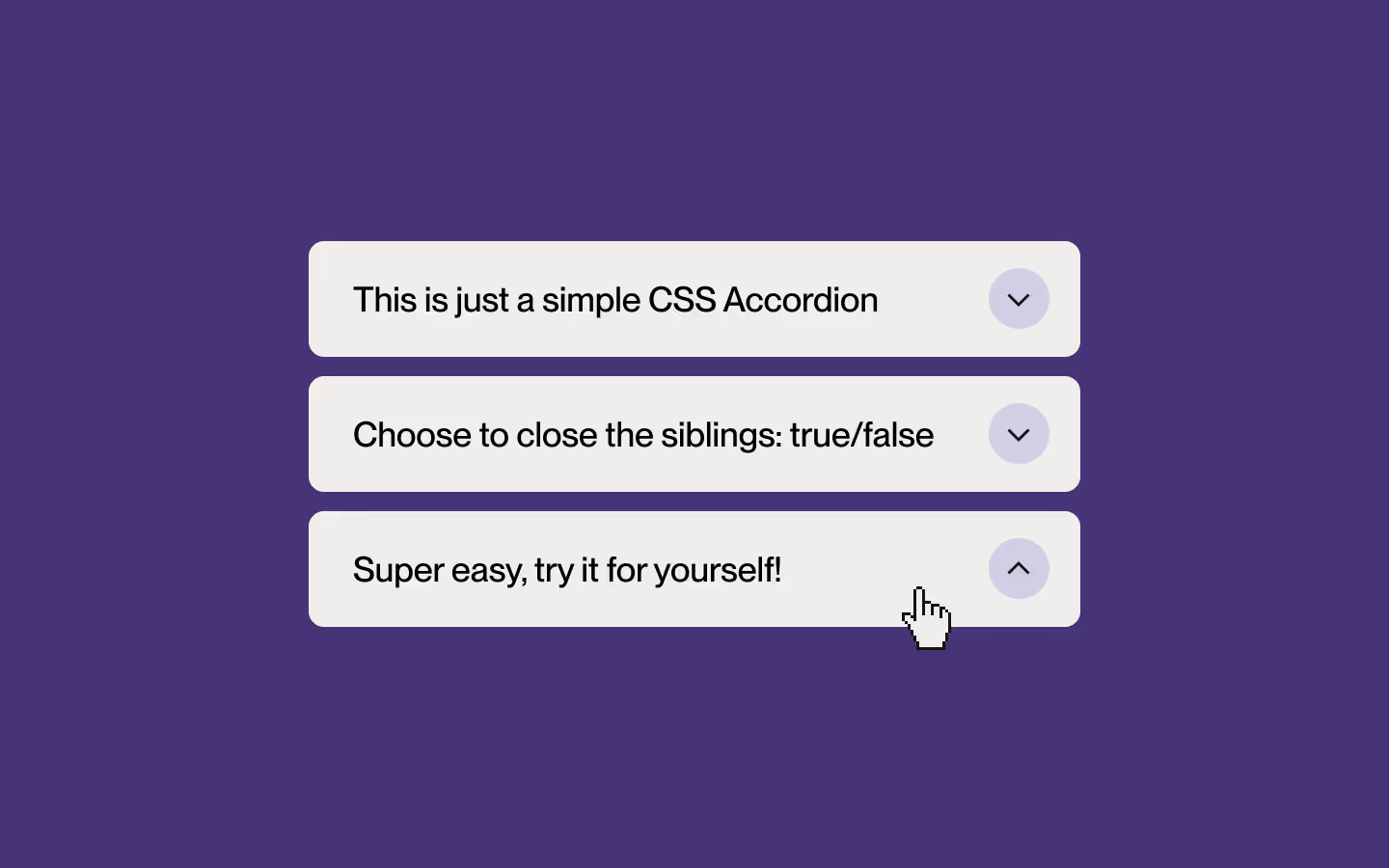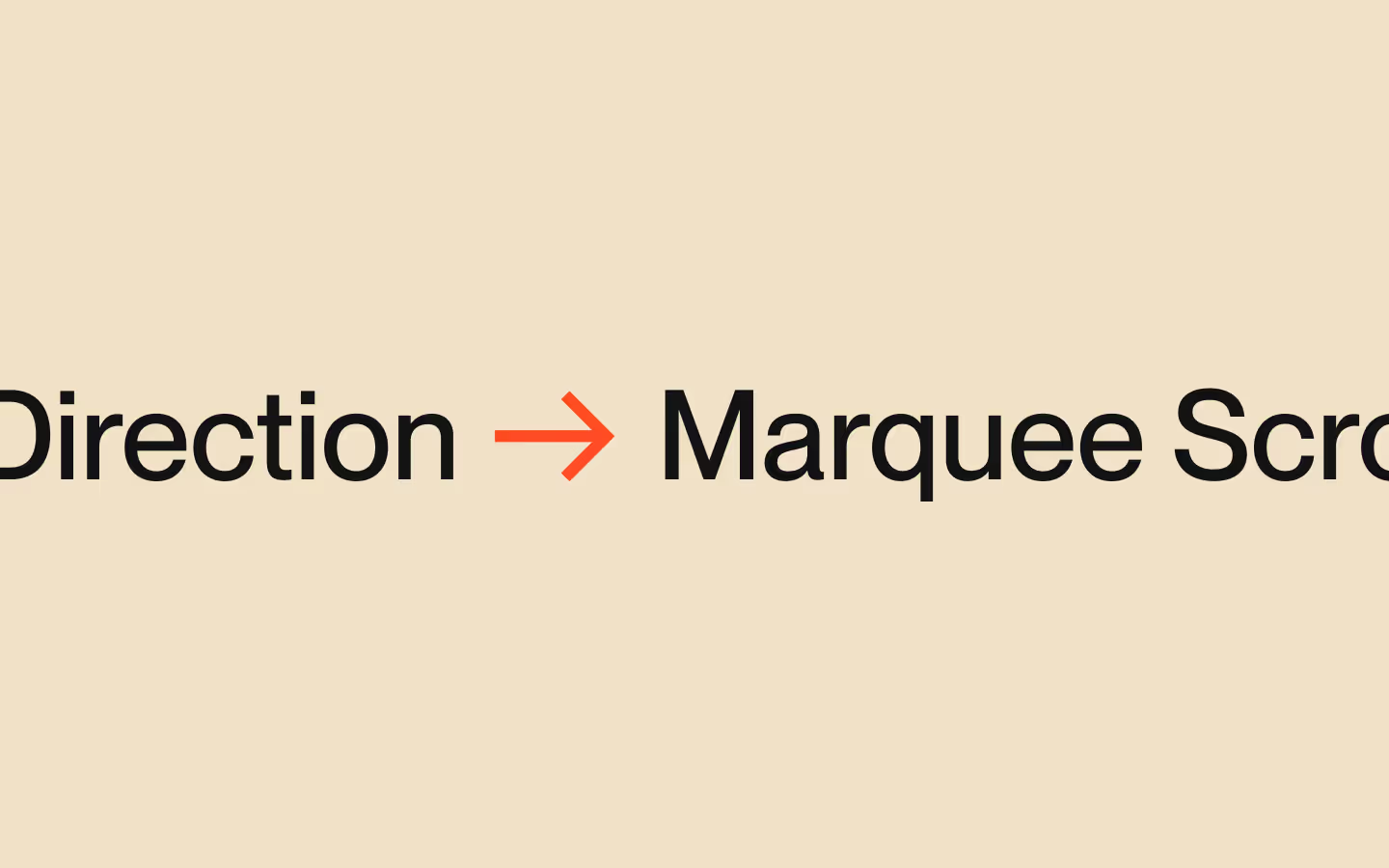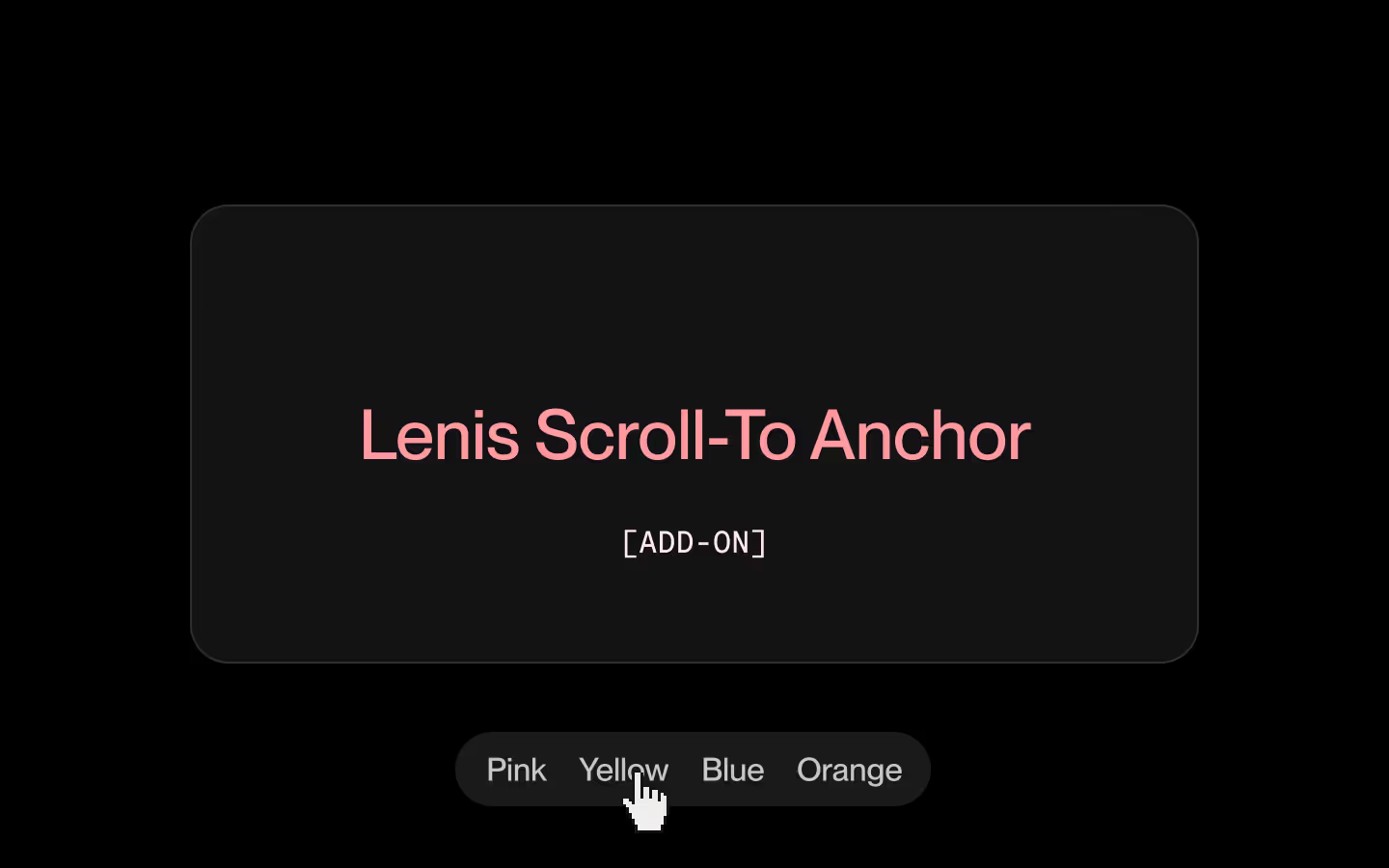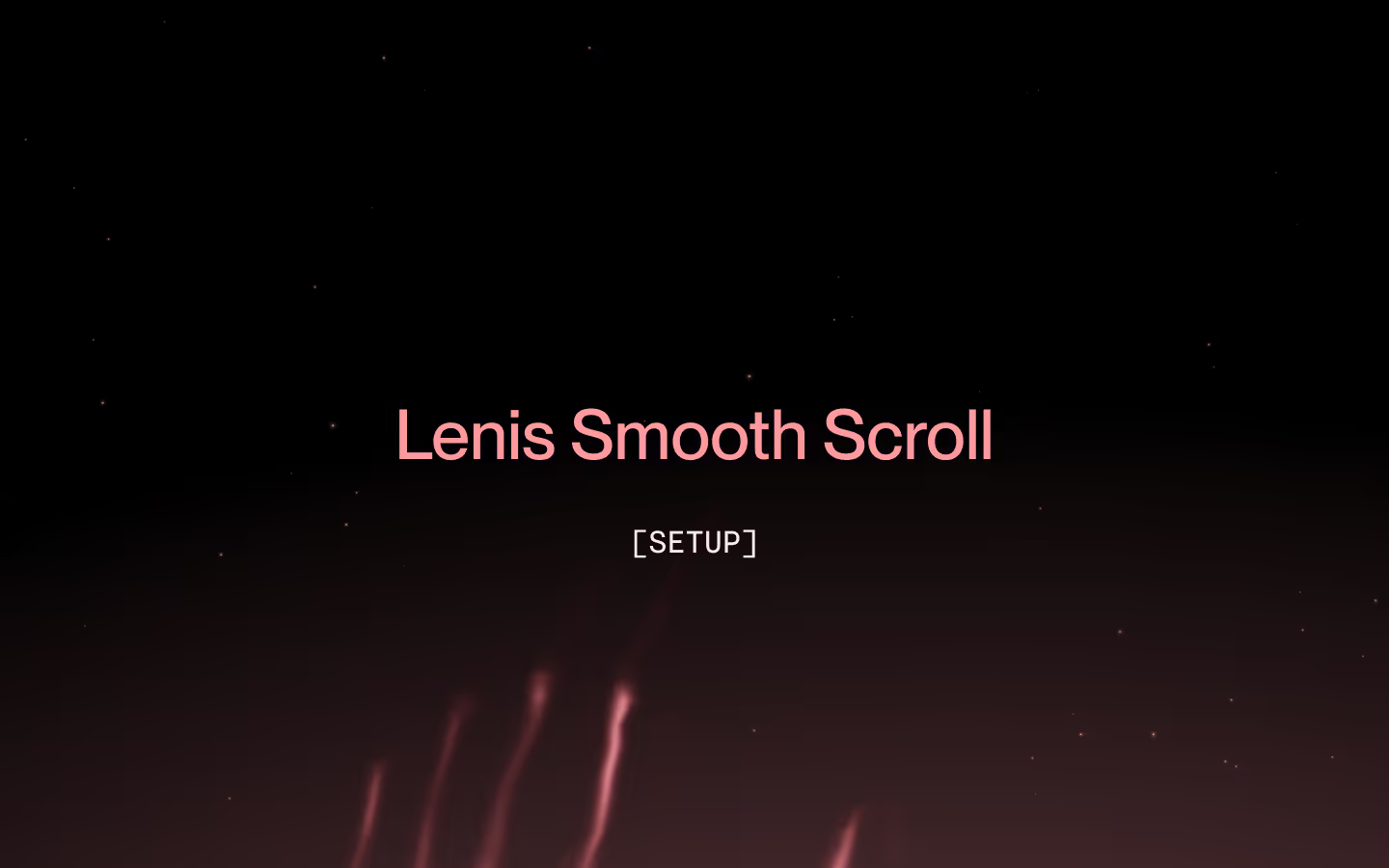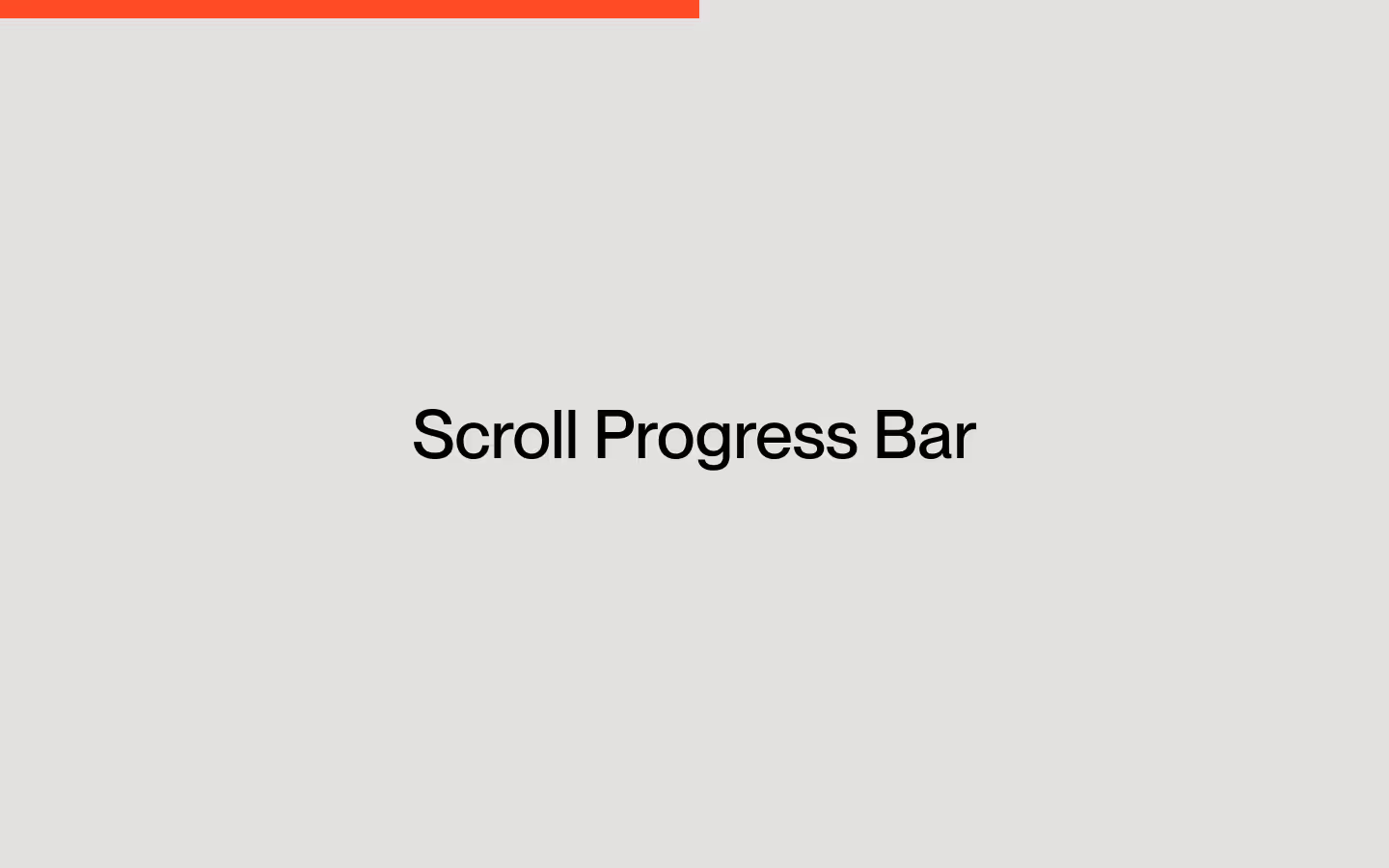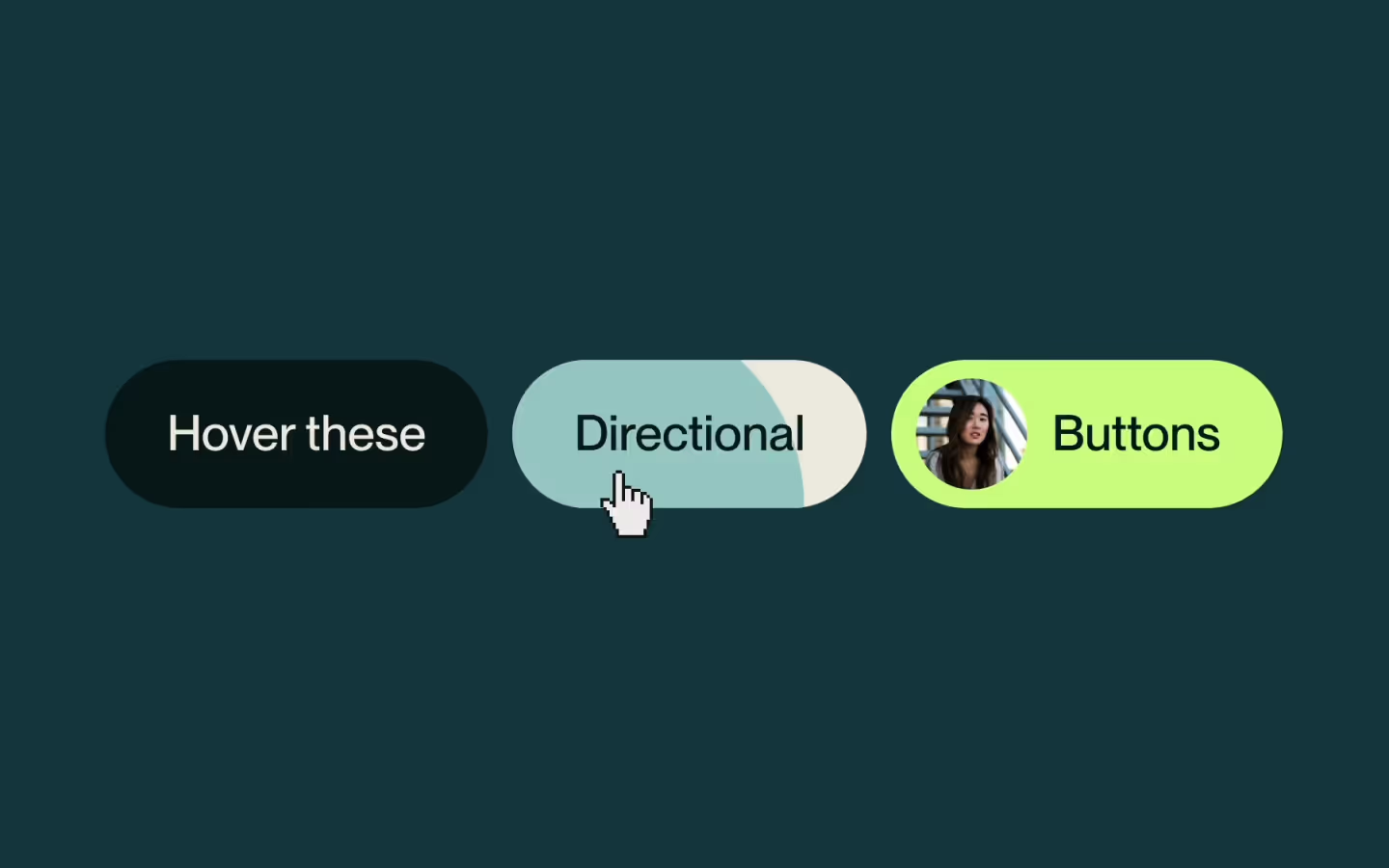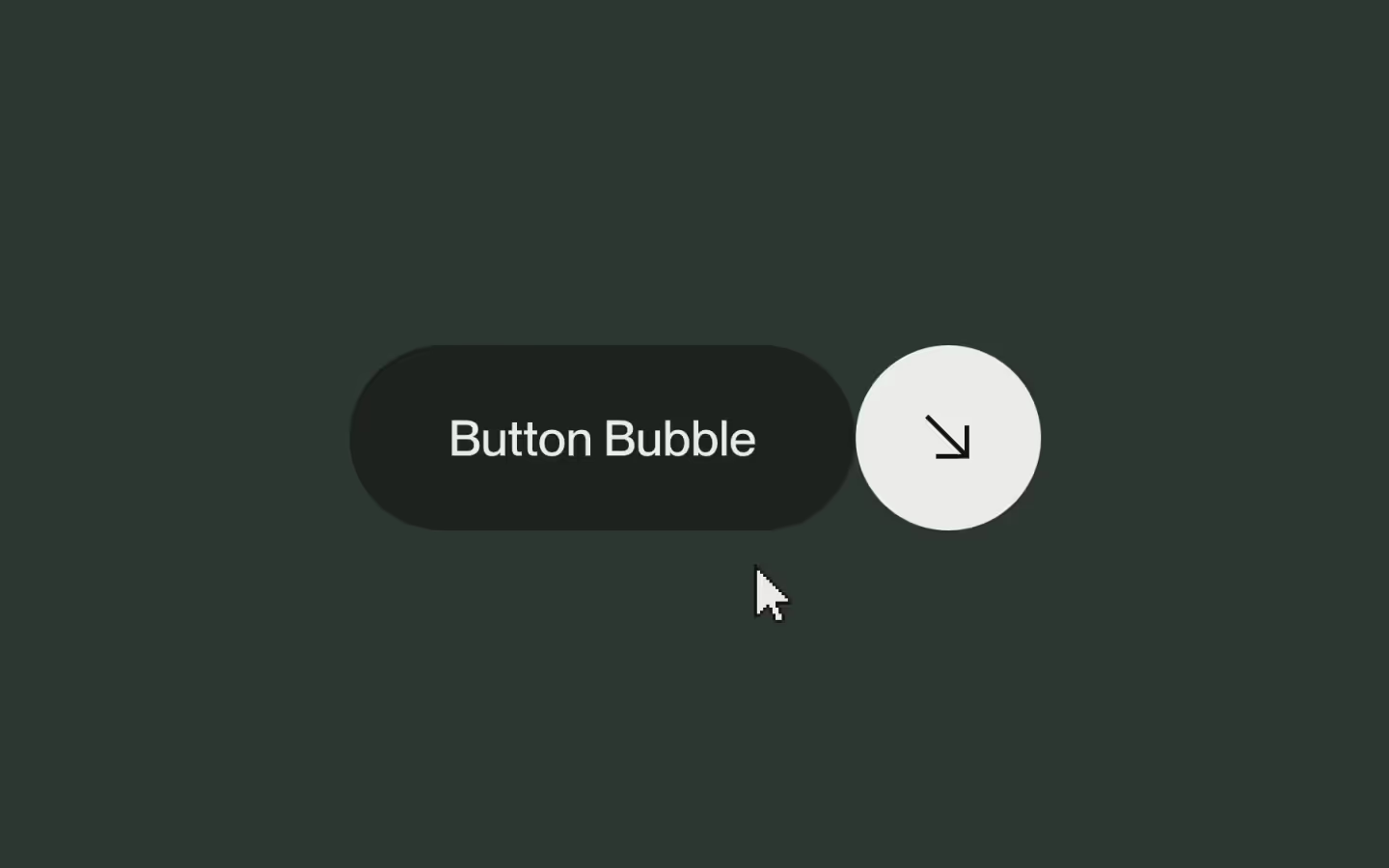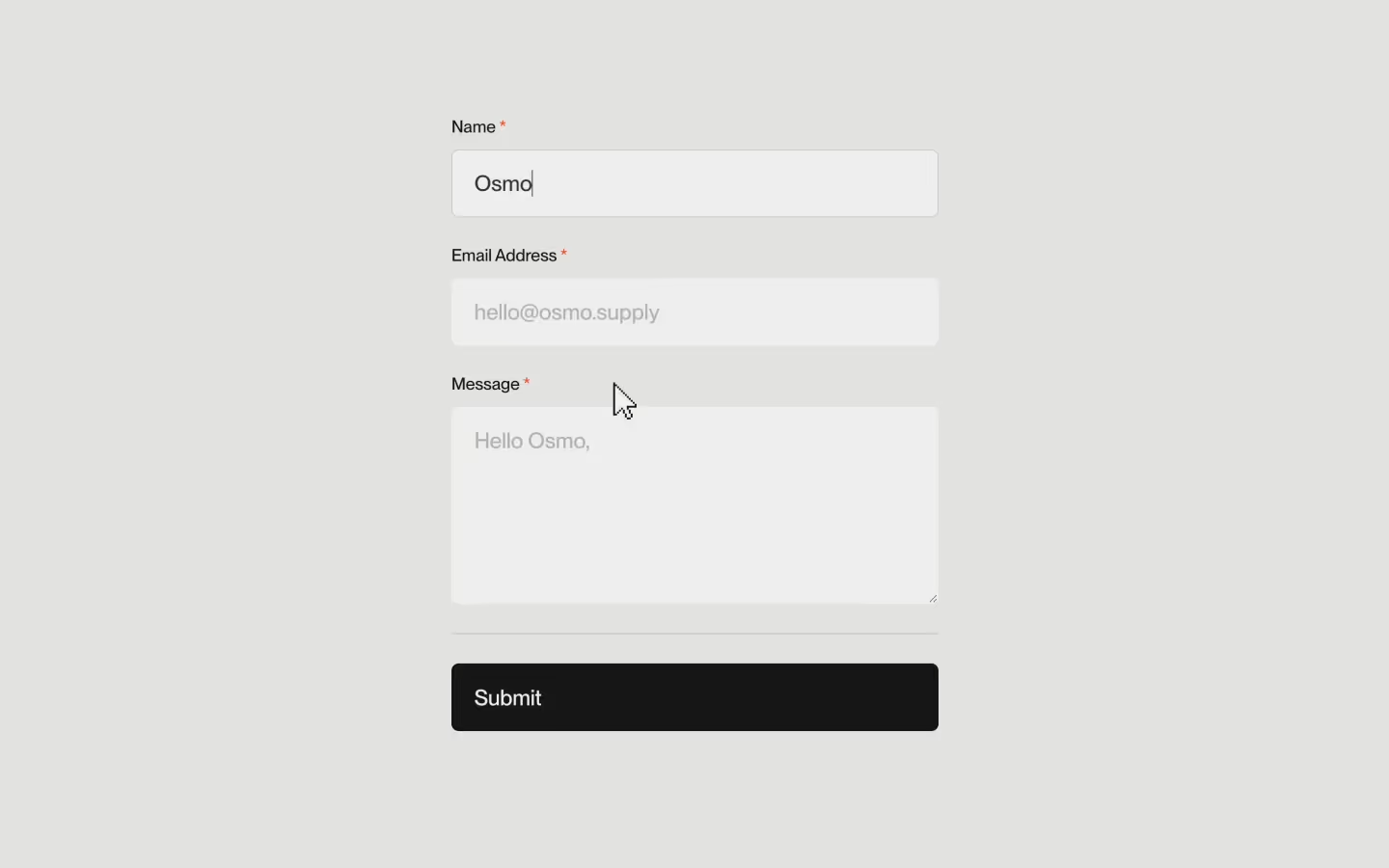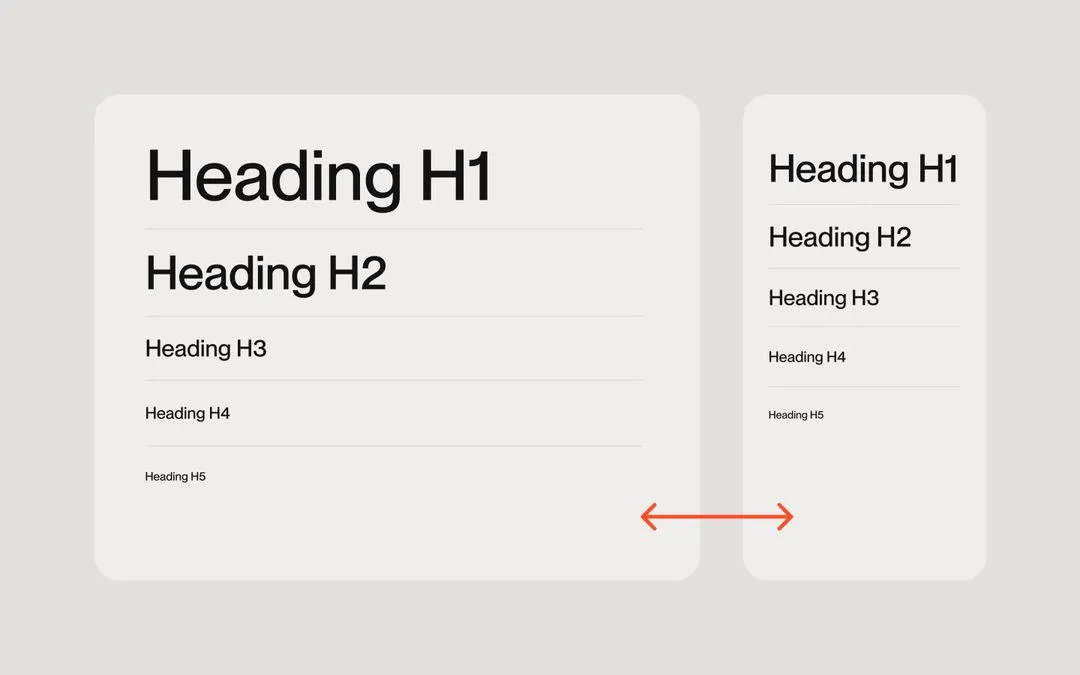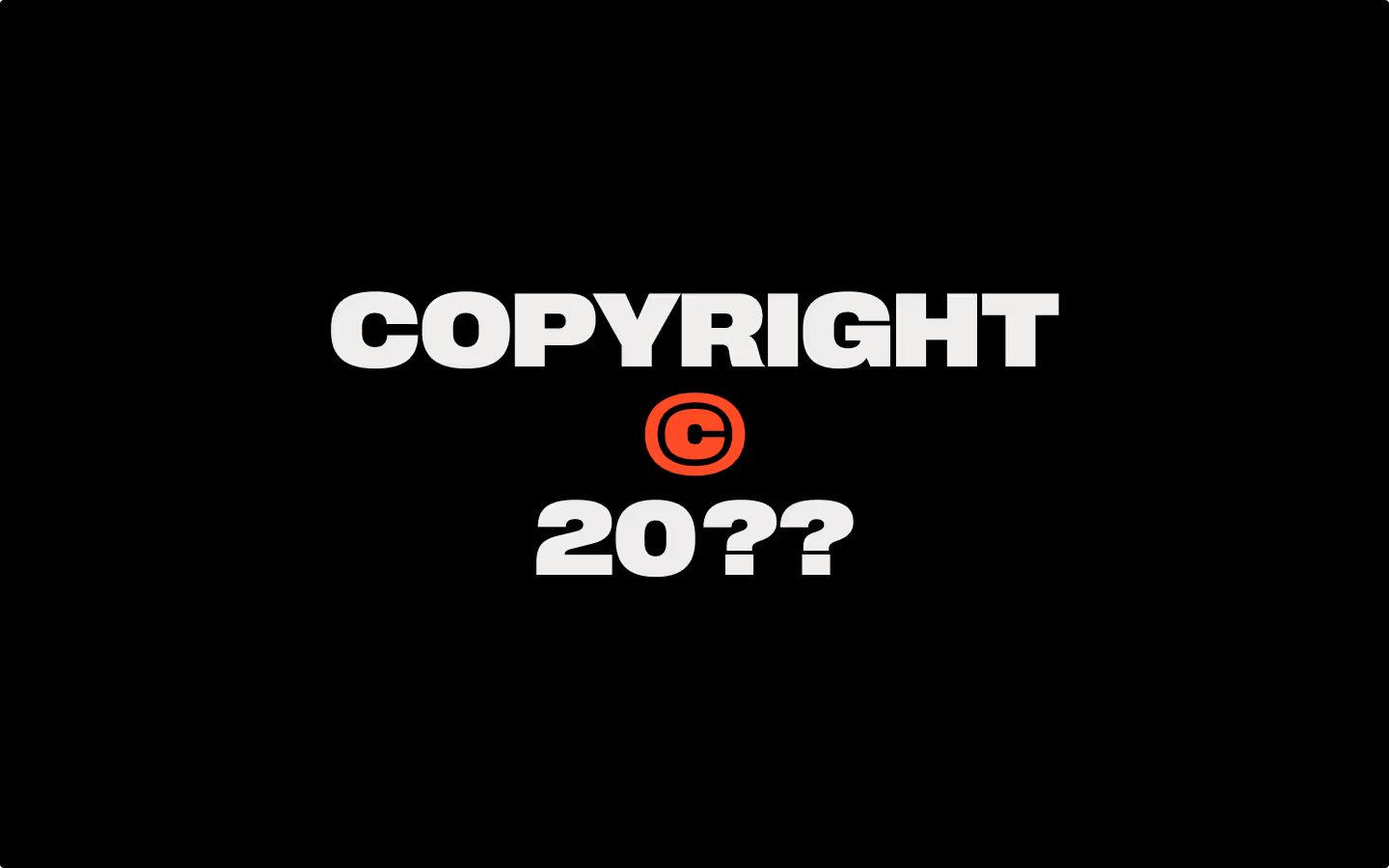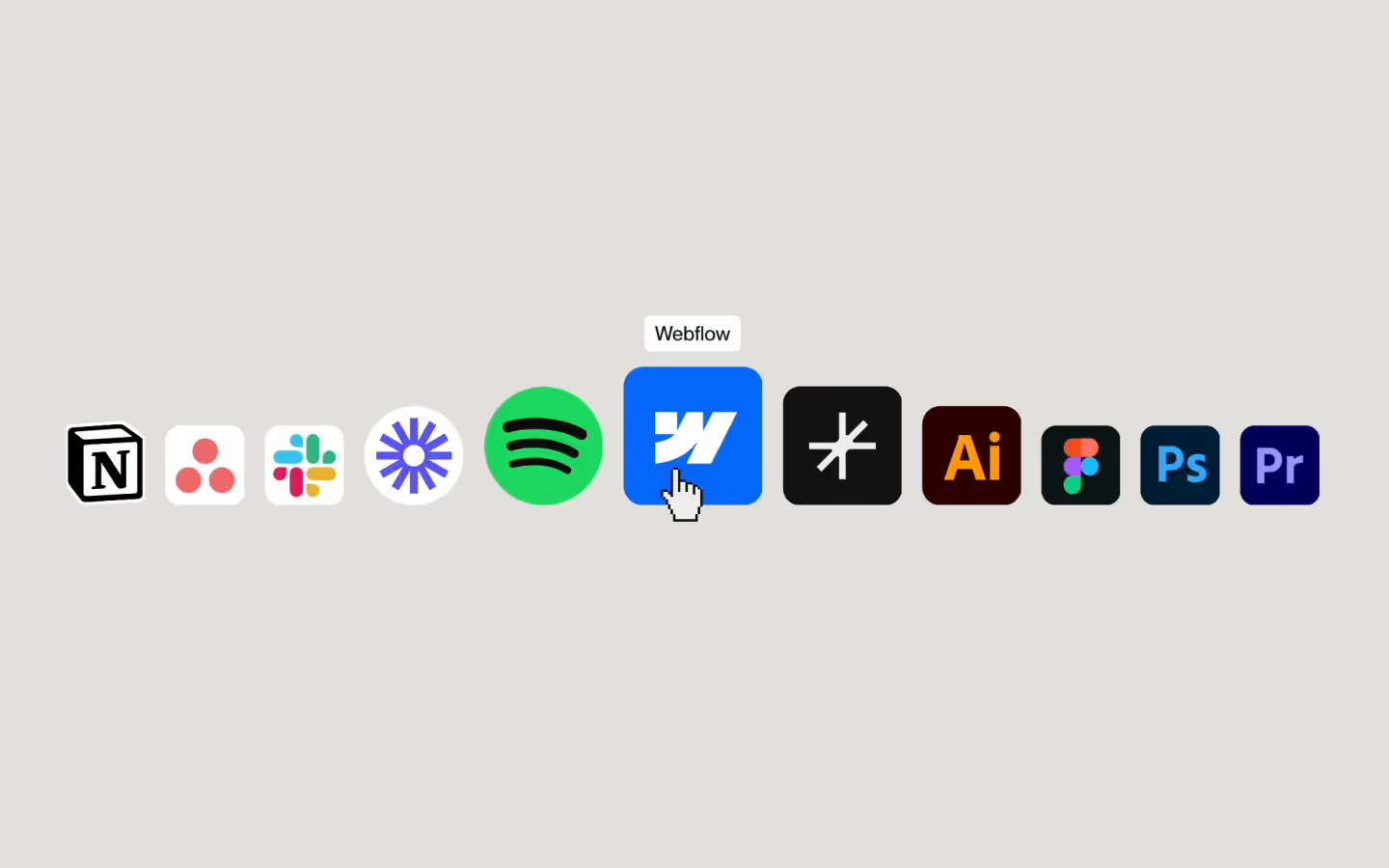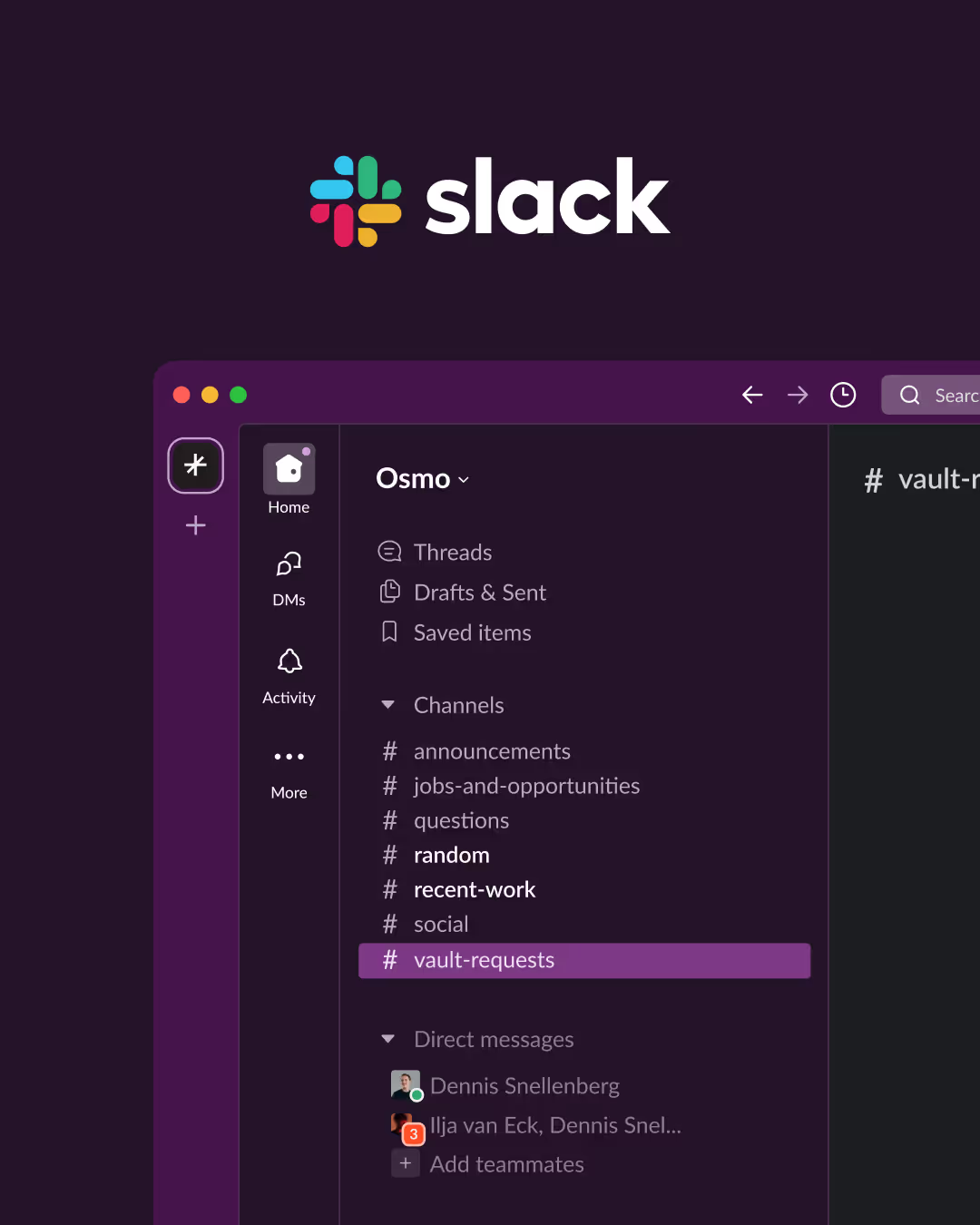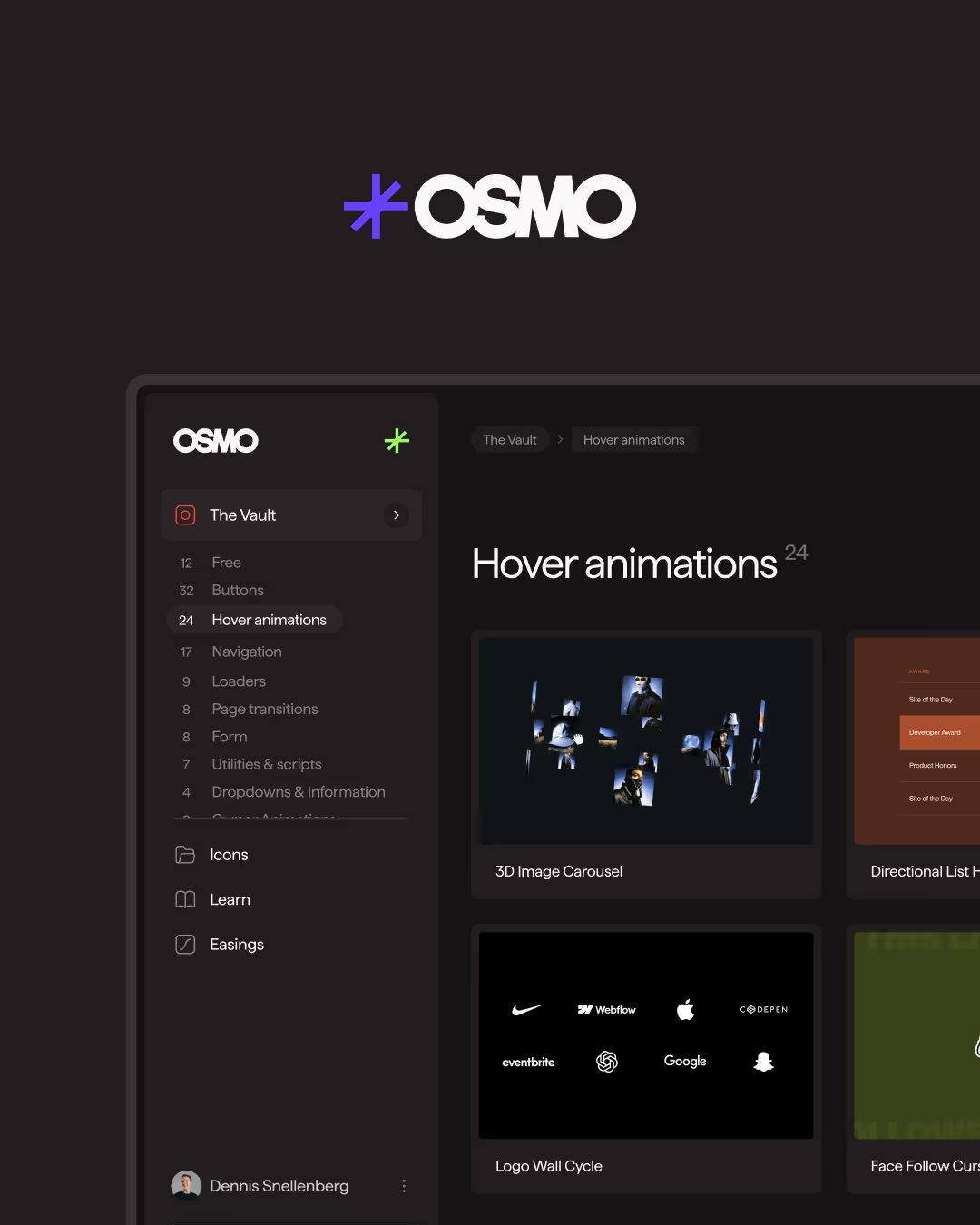Sticky Title Scroll Effect

Documentation
Webflow
Code
Setup: External Scripts
External Scripts in Webflow
Make sure to always put the External Scripts before the Javascript step of the resource.
In this video you learn where to put these in your Webflow project? Or how to include a paid GSAP Club plugin in your project?
HTML
<script src="https://cdn.jsdelivr.net/npm/gsap@3.13.0/dist/gsap.min.js"></script>
<script src="https://cdn.jsdelivr.net/npm/gsap@3.13.0/dist/ScrollTrigger.min.js"></script>
<script src="https://cdn.jsdelivr.net/npm/gsap@3.13.0/dist/SplitText.min.js"></script>Step 1: Copy structure to Webflow
Copy structure to Webflow
In the video below we described how you can copy + paste the structure of this resource to your Webflow project.
Copy to Webflow
Webflow structure is not required for this resource.
Step 1: Add HTML
HTML
<section data-sticky-title="wrap" class="sticky-title-wrapper">
<div class="sticky-title-container">
<div class="sticky-title-inner">
<h2 data-sticky-title="heading" class="sticky-title-el">Use this effect to really emphasize your message</h2>
<h2 data-sticky-title="heading" class="sticky-title-el is--stacked">You can layer multiple headings on each other</h2>
<h2 data-sticky-title="heading" class="sticky-title-el is--stacked">Add as many as you want, but I like the balance of 3</h2>
</div>
</div>
</section>HTML structure is not required for this resource.
Step 2: Add CSS
CSS
.sticky-title-wrapper {
background-image: linear-gradient(#000, #777);
width: 100%;
height: 350vh;
position: relative;
}
.sticky-title-container {
justify-content: center;
align-items: center;
width: 100%;
height: 100vh;
padding-left: 1.5em;
padding-right: 1.5em;
display: flex;
position: sticky;
top: 0;
}
.sticky-title-inner {
text-align: center;
flex-flow: column;
justify-content: center;
align-items: center;
width: 100%;
max-width: 60em;
margin-left: auto;
margin-right: auto;
display: flex;
position: relative;
}
.sticky-title-el {
margin-top: 0;
margin-bottom: 0;
font-size: 5em;
font-weight: 500;
line-height: 1;
}
.sticky-title-el.is--stacked {
visibility: hidden;
position: absolute;
}
@media screen and (max-width: 767px) {
.sticky-title-el {
font-size: 3.5em;
}
}Step 2: Add custom Javascript
Custom Javascript in Webflow
In this video, Ilja gives you some guidance about using JavaScript in Webflow:
Step 2: Add Javascript
Step 3: Add Javascript
Javascript
gsap.registerPlugin(ScrollTrigger, SplitText)
function initStickyTitleScroll() {
const wraps = document.querySelectorAll('[data-sticky-title="wrap"]');
wraps.forEach(wrap => {
const headings = Array.from(wrap.querySelectorAll('[data-sticky-title="heading"]'));
const masterTl = gsap.timeline({
scrollTrigger: {
trigger: wrap,
start: "top 40%",
end: "bottom bottom",
scrub: true,
}
});
const revealDuration = 0.7,
fadeOutDuration = 0.7,
overlapOffset = 0.15;
headings.forEach((heading, index) => {
// Save original heading content for screen readers
heading.setAttribute("aria-label", heading.textContent);
const split = new SplitText(heading, { type: "words,chars" });
// Hide all the separate words from screenreader
split.words.forEach(word => word.setAttribute("aria-hidden", "true"));
// Reset visibility on the 'stacked' headings
gsap.set(heading, { visibility: "visible" });
const headingTl = gsap.timeline();
headingTl.from(split.chars, {
autoAlpha: 0,
stagger: { amount: revealDuration, from: "start" },
duration: revealDuration
});
// Animate fade-out for every heading except the last one.
if (index < headings.length - 1) {
headingTl.to(split.chars, {
autoAlpha: 0,
stagger: { amount: fadeOutDuration, from: "end" },
duration: fadeOutDuration
});
}
// Overlap the start of fade-in of the new heading a little bit
if (index === 0) {
masterTl.add(headingTl);
} else {
masterTl.add(headingTl, `-=${overlapOffset}`);
}
});
});
}
// Initialize Sticky Title Scroll Effect
document.addEventListener("DOMContentLoaded", () => {
initStickyTitleScroll();
});Step 3: Add custom CSS
Step 2: Add custom CSS
Custom CSS in Webflow
Curious about where to put custom CSS in Webflow? Ilja explains it in the below video:
CSS
Documentation
This creates a smooth, scroll-based text animation where multiple stacked headings are revealed sequentially. The headings animate in and out using GSAP’s ScrollTrigger and SplitText, emphasizing your content as users scroll.
HTML Structure & Requirements
- Wrapper Element:
- Use an element with the attribute
data-sticky-title="wrap". - Set its height to define the scrolling area (for example,
height: 300vh; or any value you decide based on the number of headings).
- Use an element with the attribute
- Sticky Container:
- Inside the wrapper, include a sticky container (e.g., <div class="sticky-title-container">).
- Important: Ensure that no parent element has overflow: hidden, as this is crucial for the sticky behavior to work properly.
- Headings:
- Add your headings with the attribute
data-sticky-title="heading". - In CSS, the headings meant to stack are hidden (for example, using classes like
.is--stackedwhich setvisibility: hiddenandposition: absolute). - This structure allows you to have as many headings as you want; just make sure you update the height of the wrapper accordingly.
- Add your headings with the attribute
How It Works
- Dynamic Setup:
- The resource scans for all wrappers and their respective headings on the page.
- SplitText & ARIA:
- Each heading is split into words and characters using GSAP’s SplitText, while the full text is preserved in an
aria-labelfor accessibility. - The individual words are hidden from screen readers via
aria-hidden="true".
- Each heading is split into words and characters using GSAP’s SplitText, while the full text is preserved in an
- Animation Timeline:
- A master timeline (per wrapper) handles the sequential animation.
- Each heading fades in first (revealing the characters in sequence) and, if it’s not the final heading, fades out (with characters disappearing in reverse order) before the next heading starts its reveal.
- A slight overlap can be implemented between fade-out and the next fade-in for a more dynamic transition.
Useful Tip
For an extra smooth scroll effect, consider integrating Lenis for smooth scrolling.
Resource details
Last updated
December 16, 2025
Category
Scroll Animations
Need help?
Join Slack










